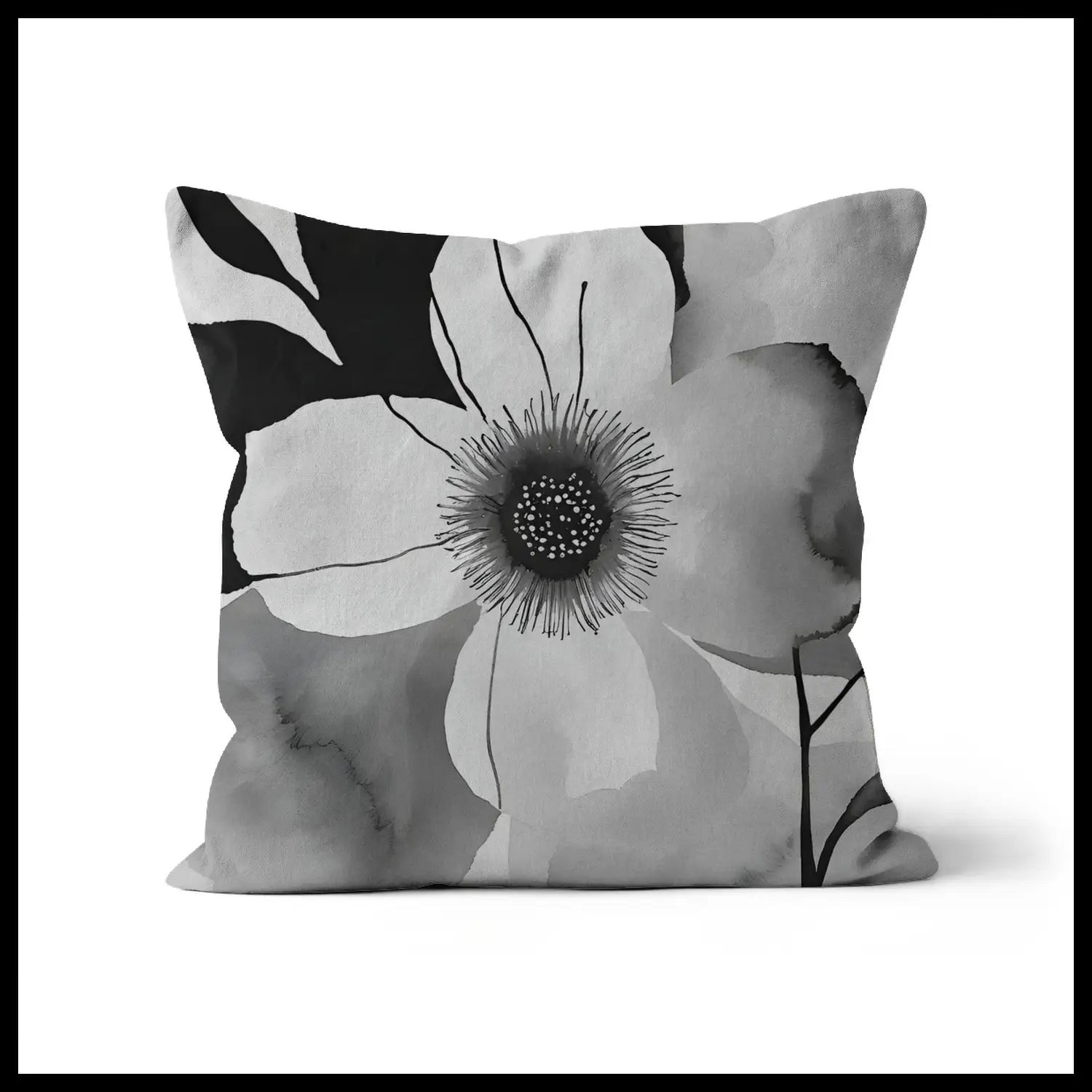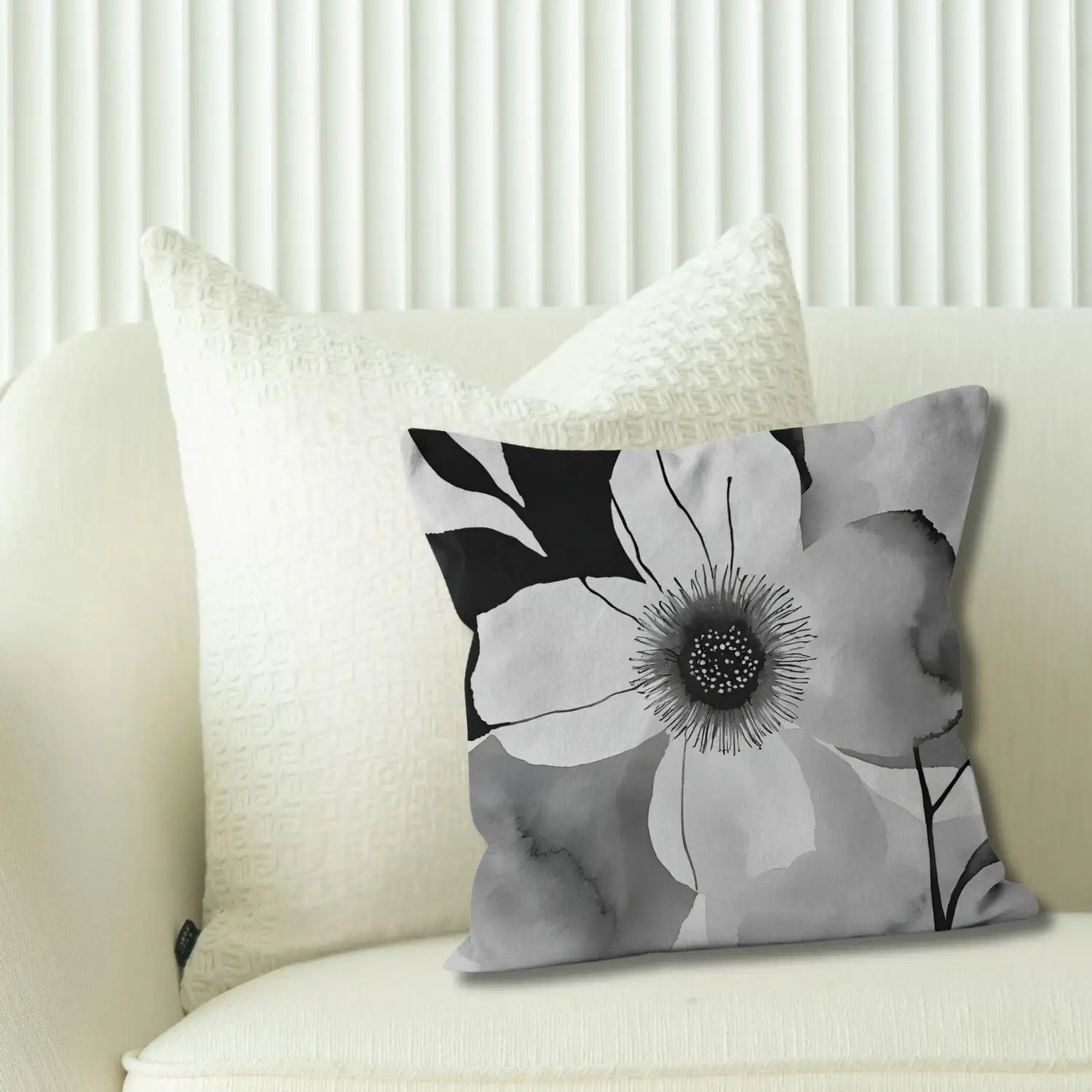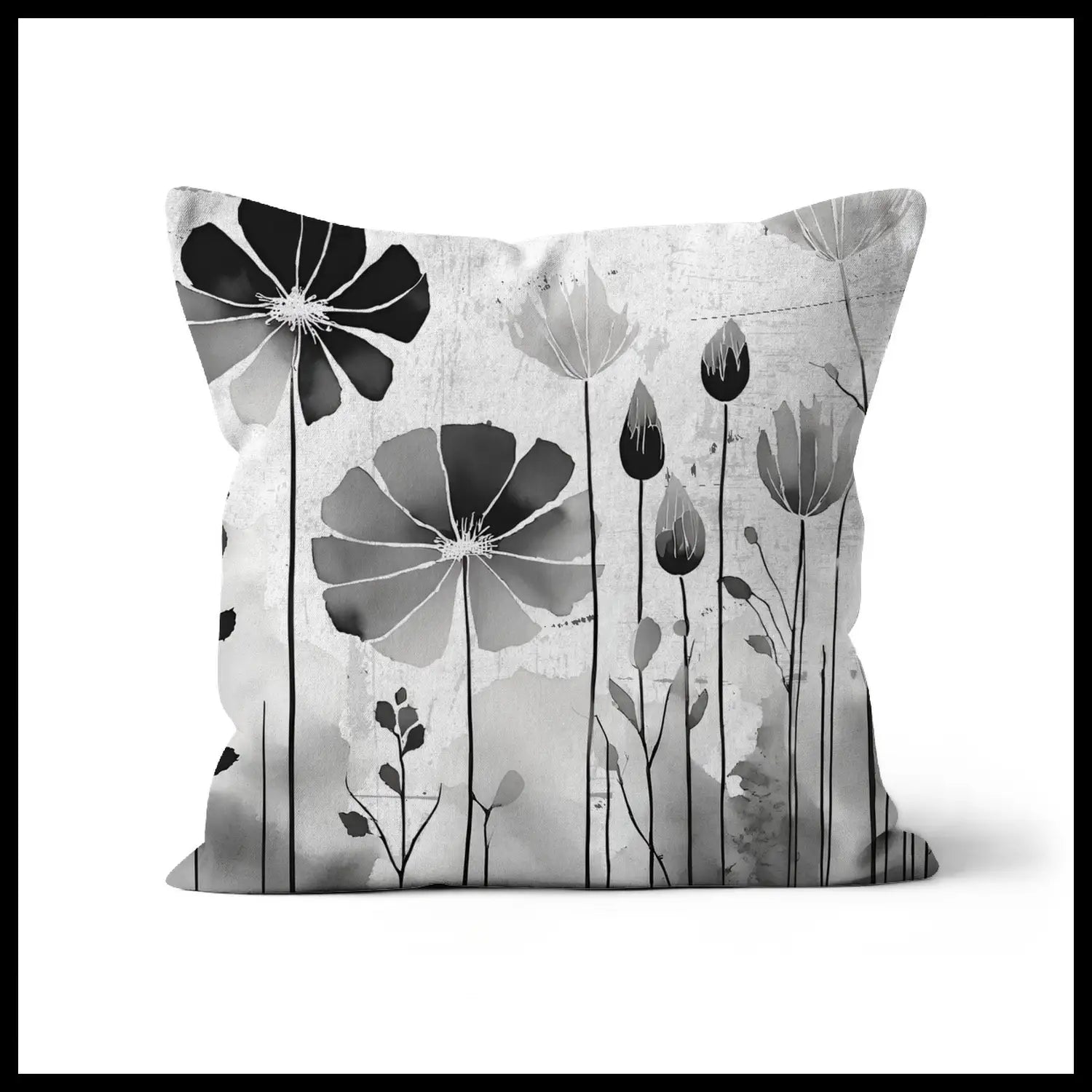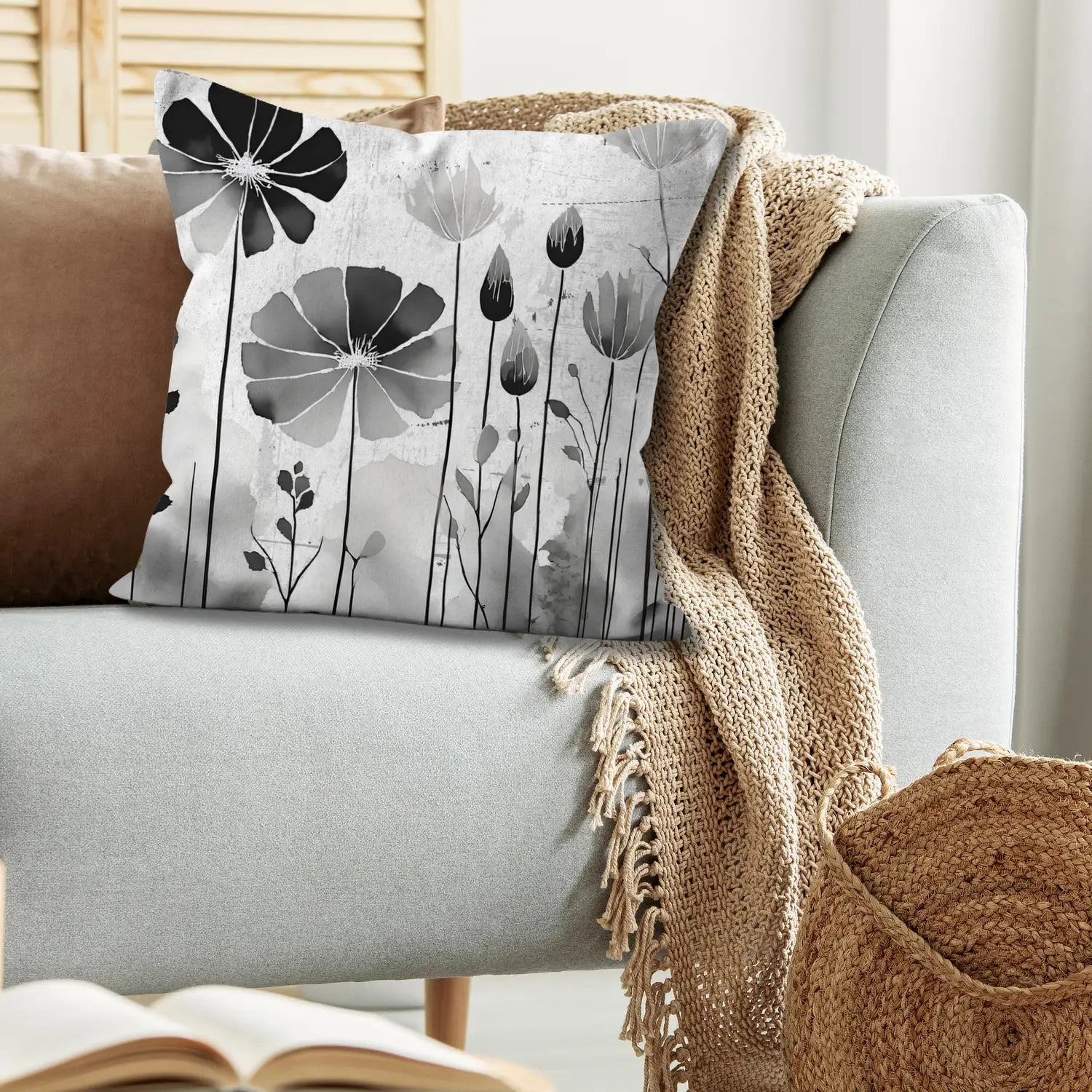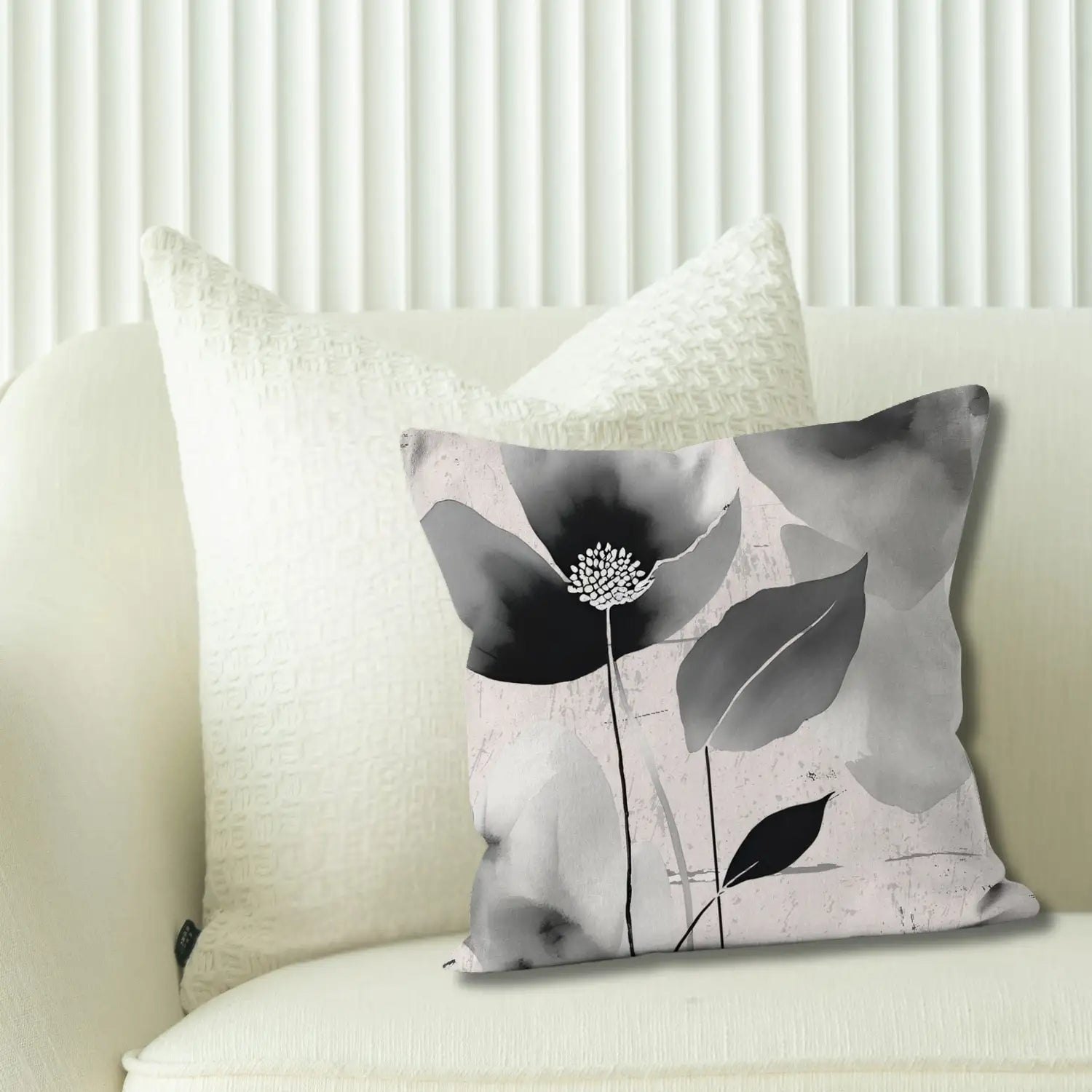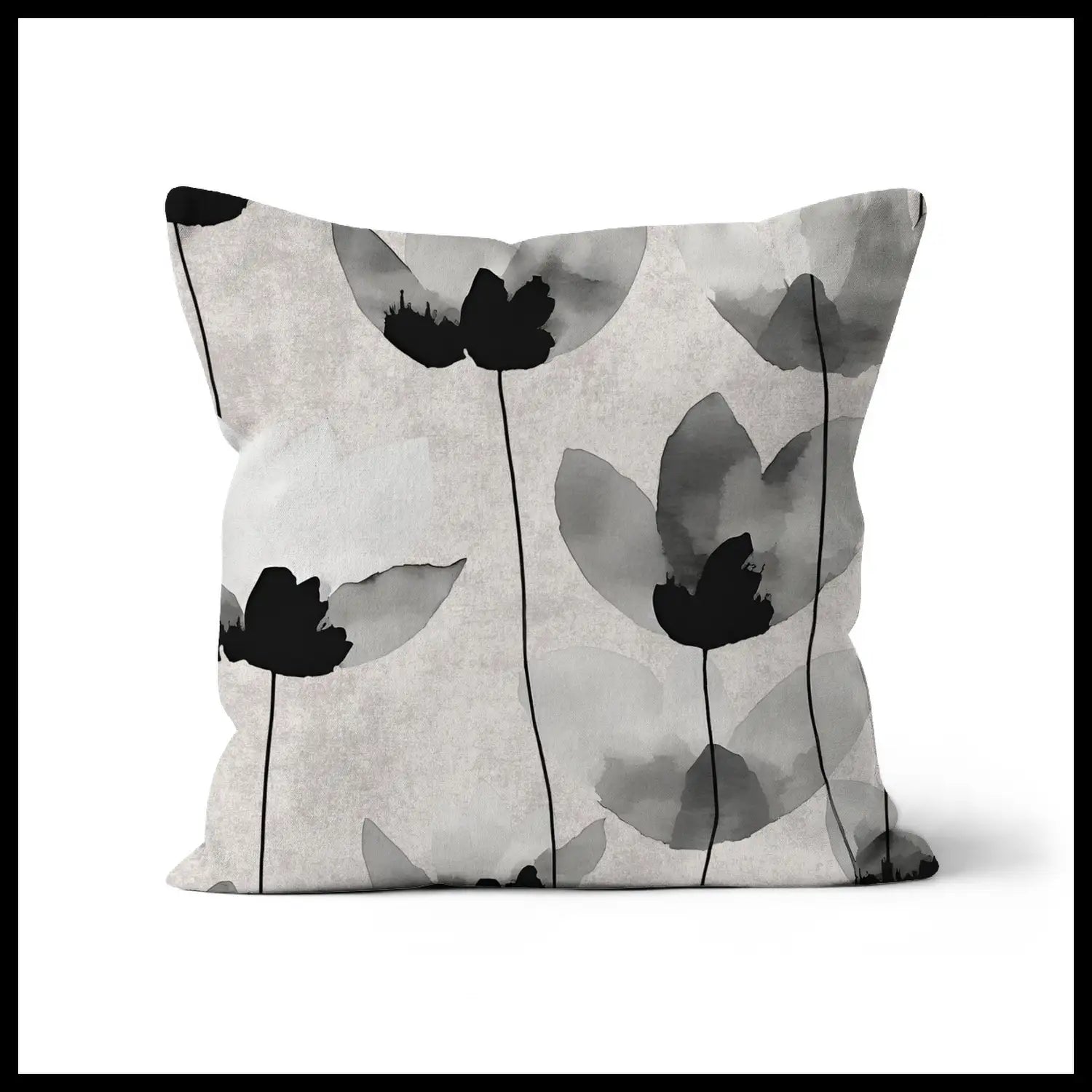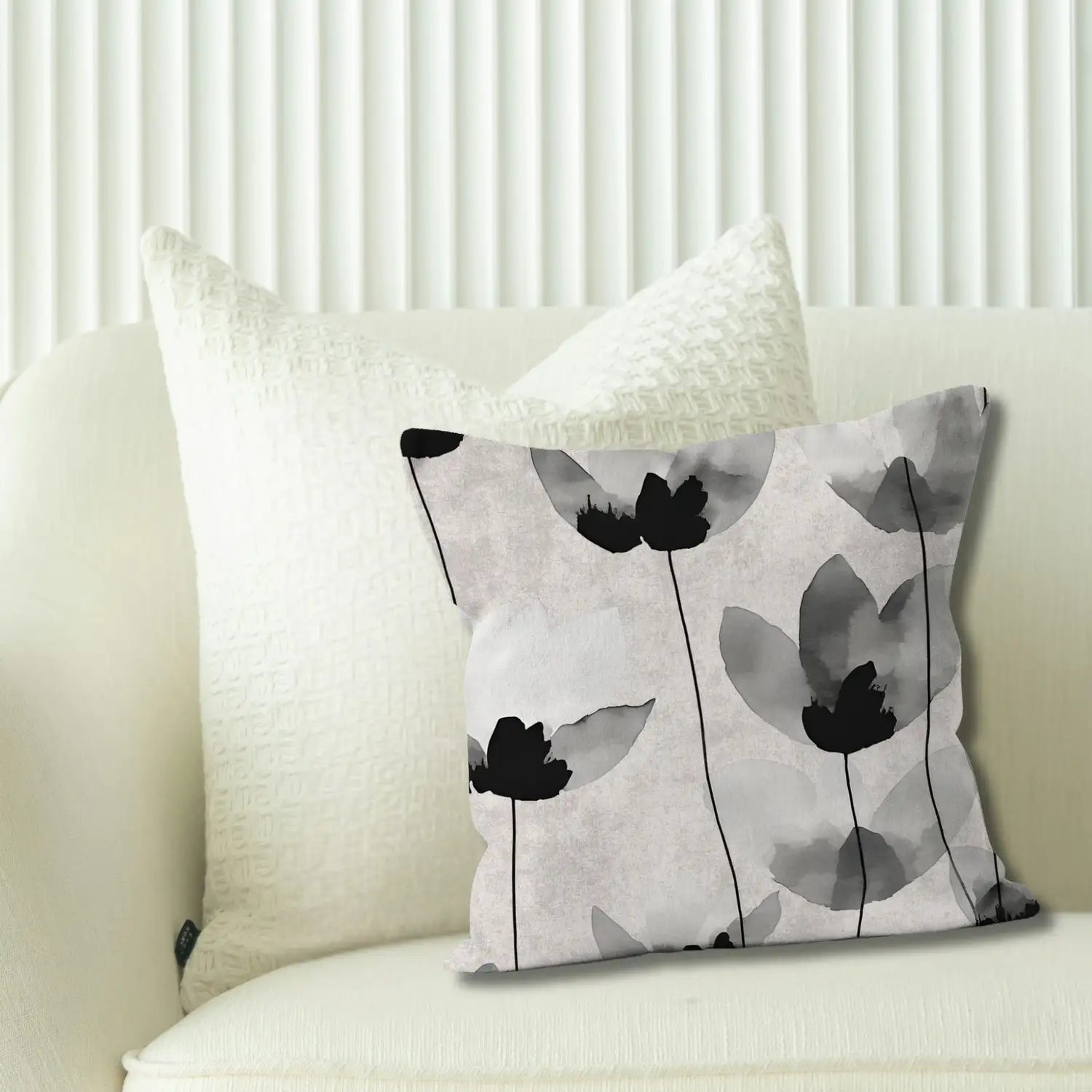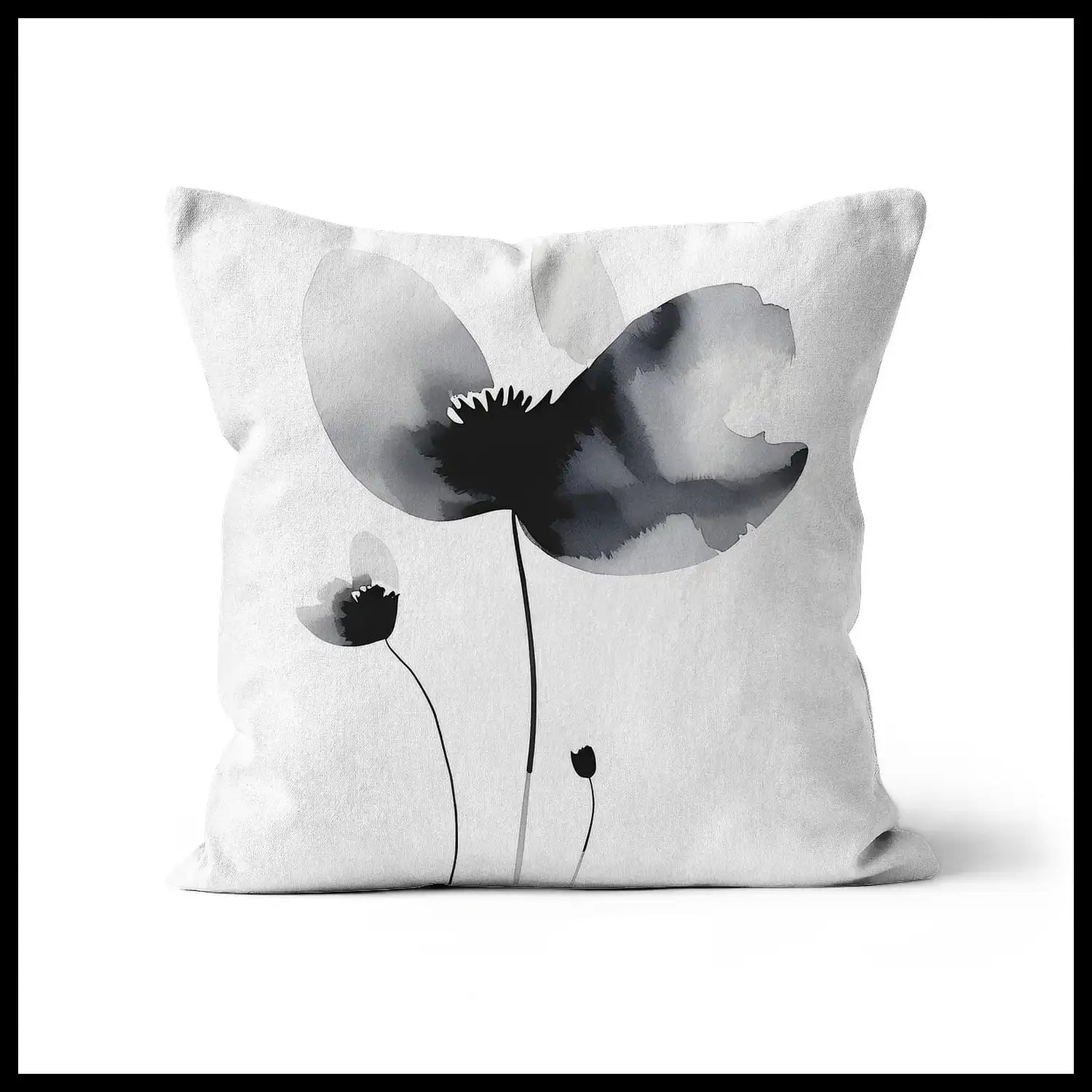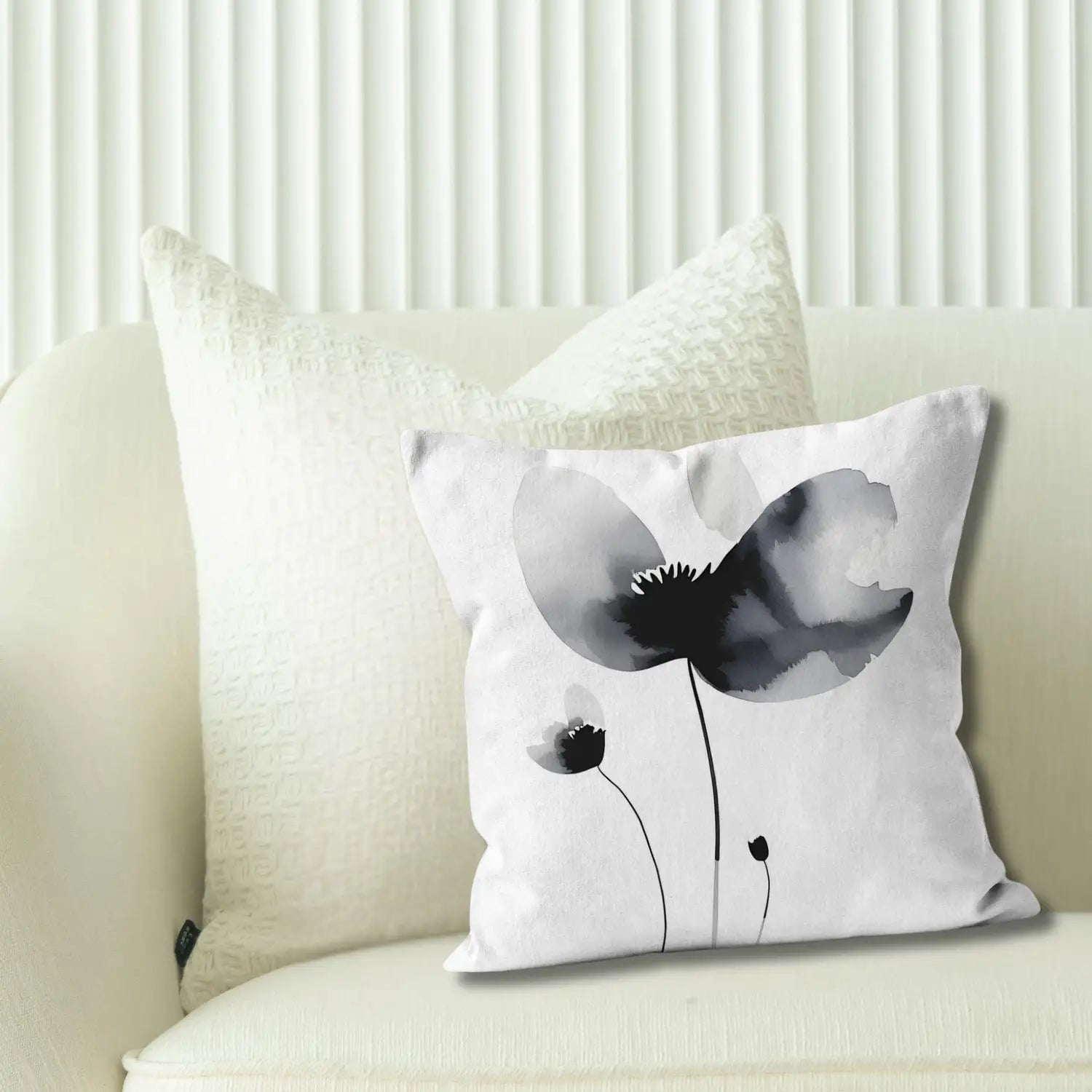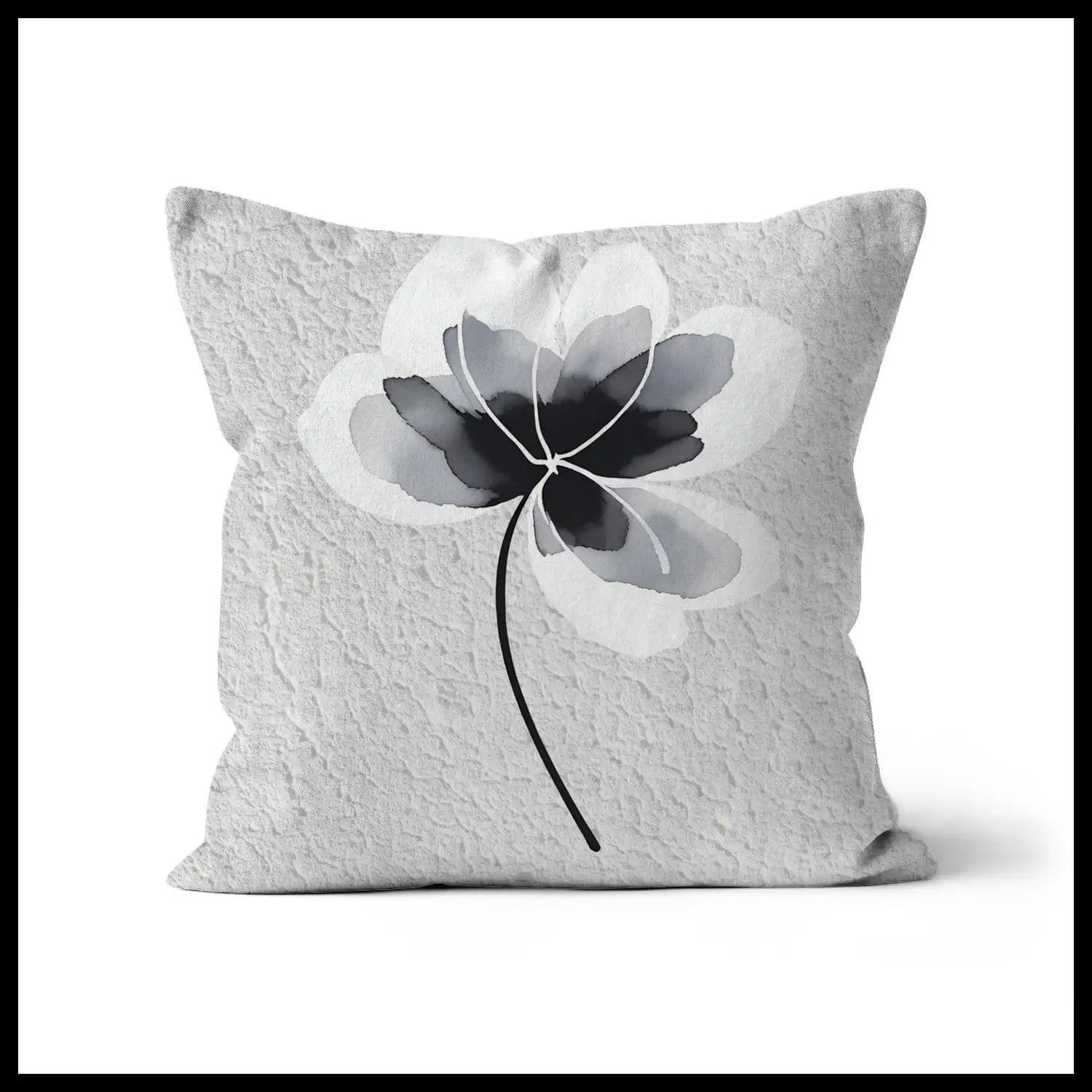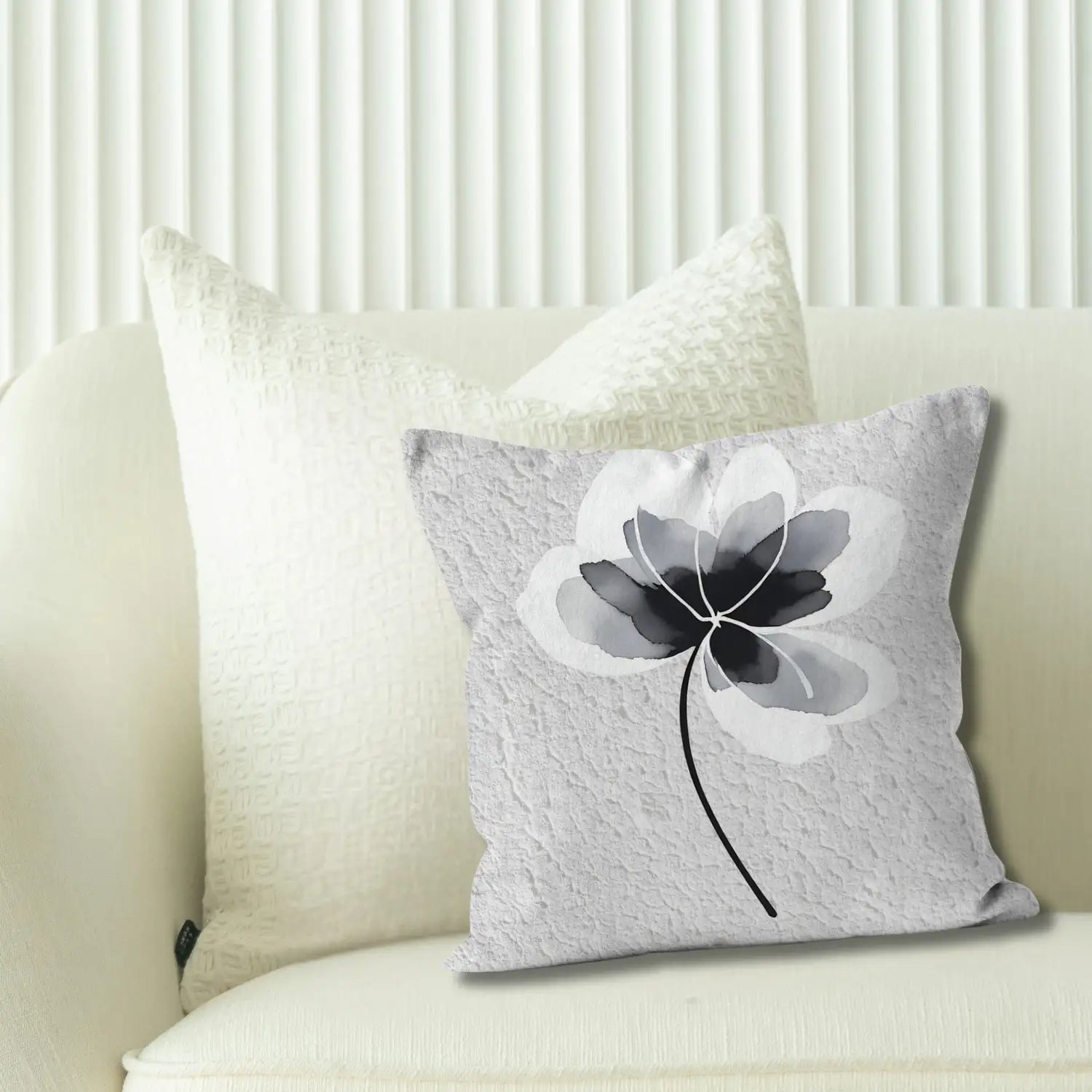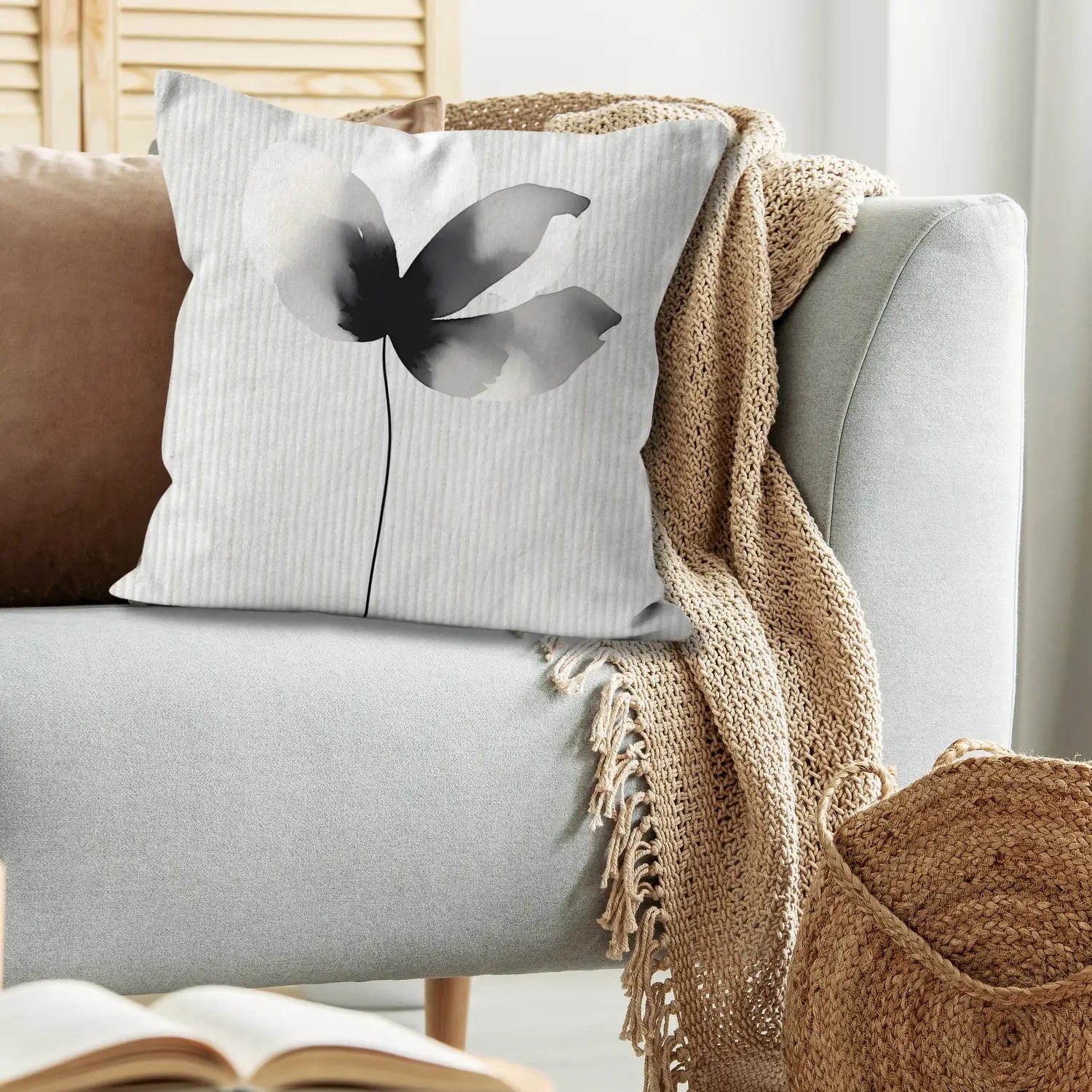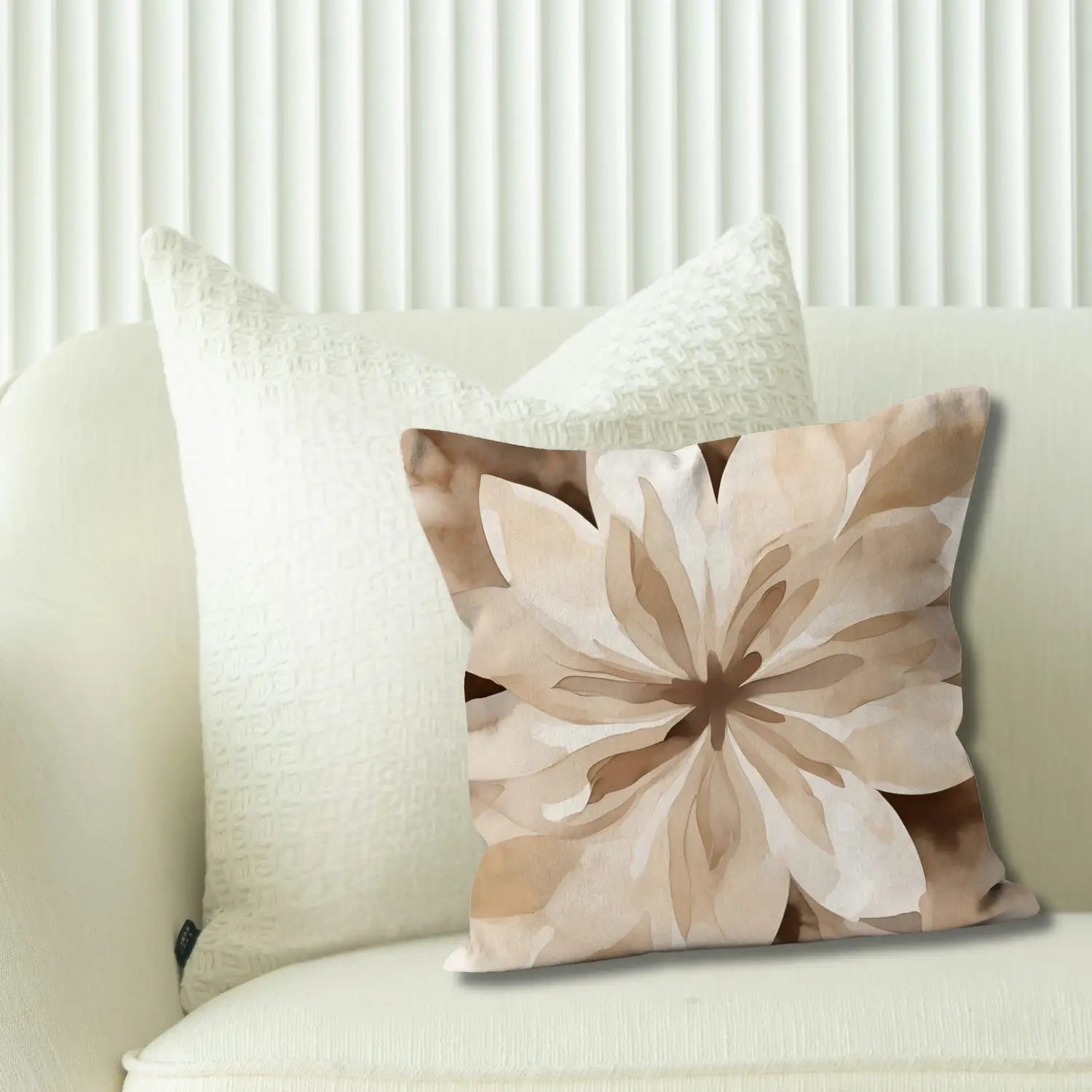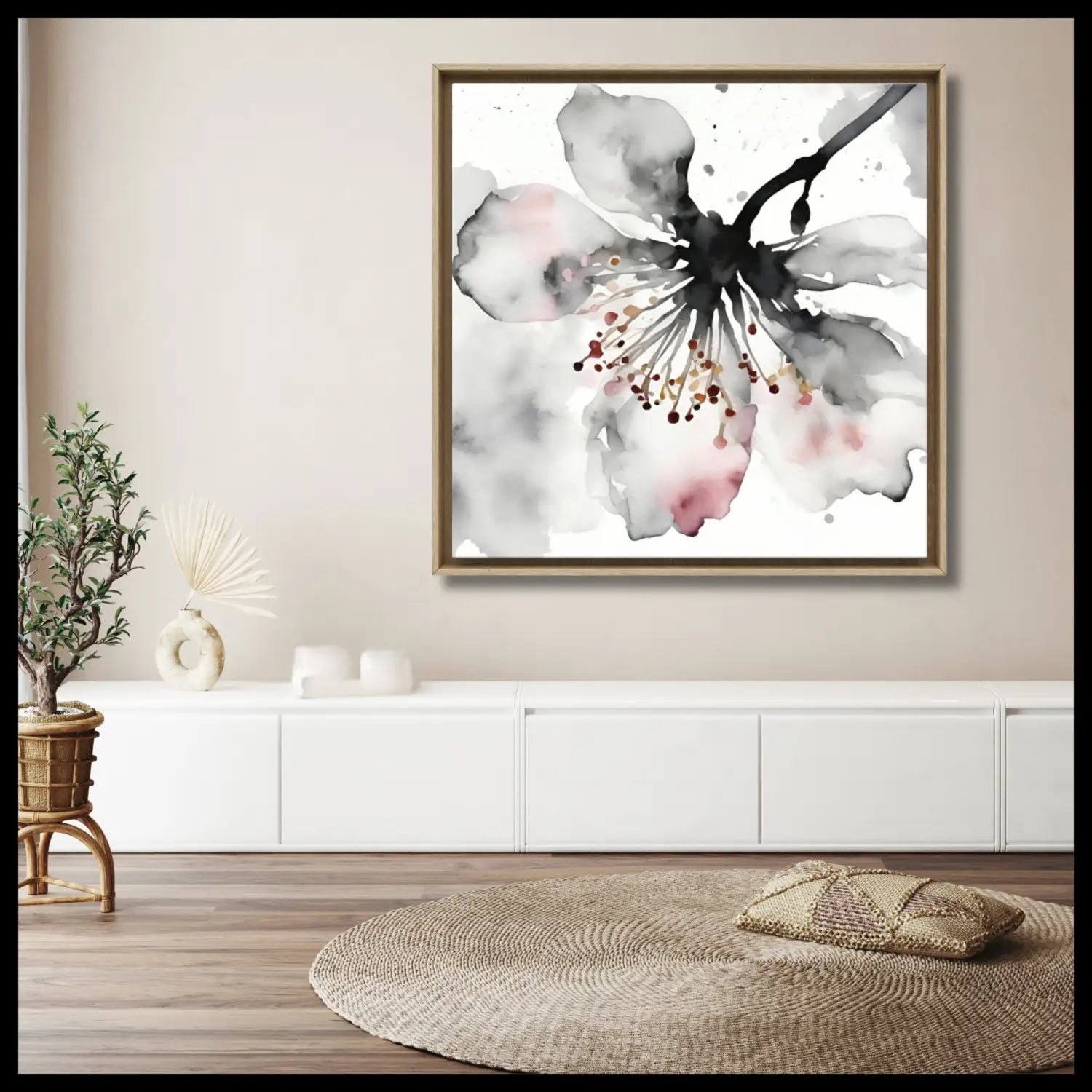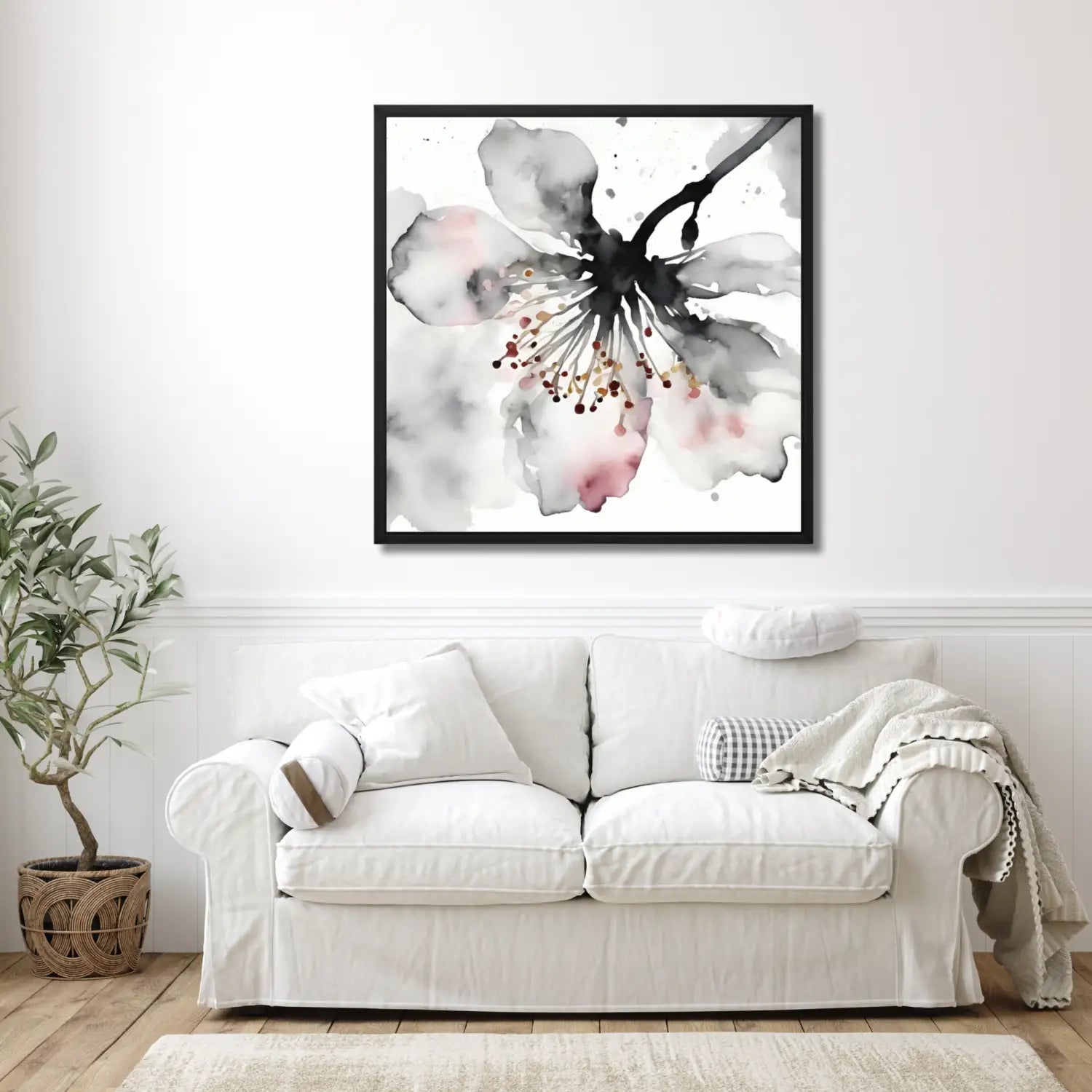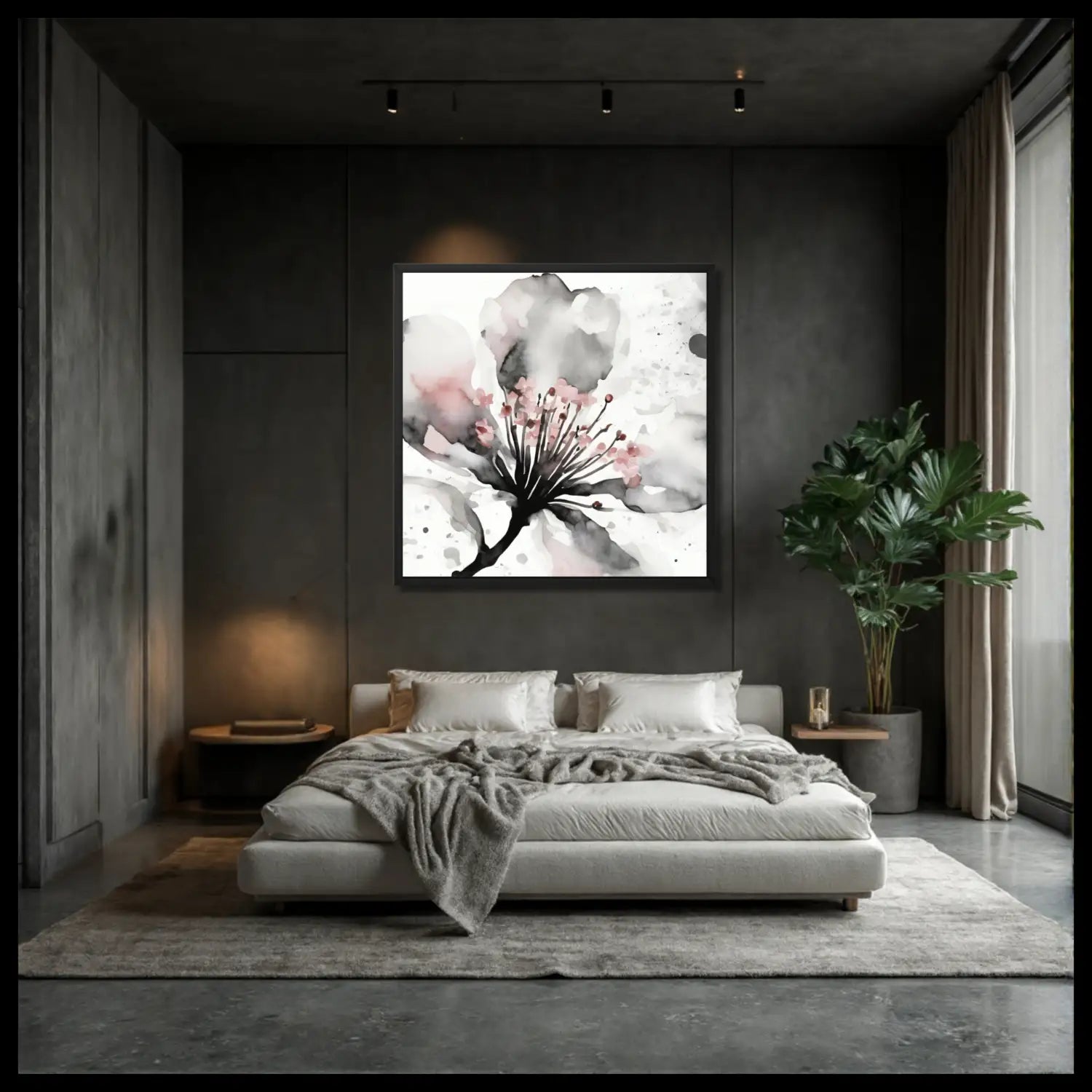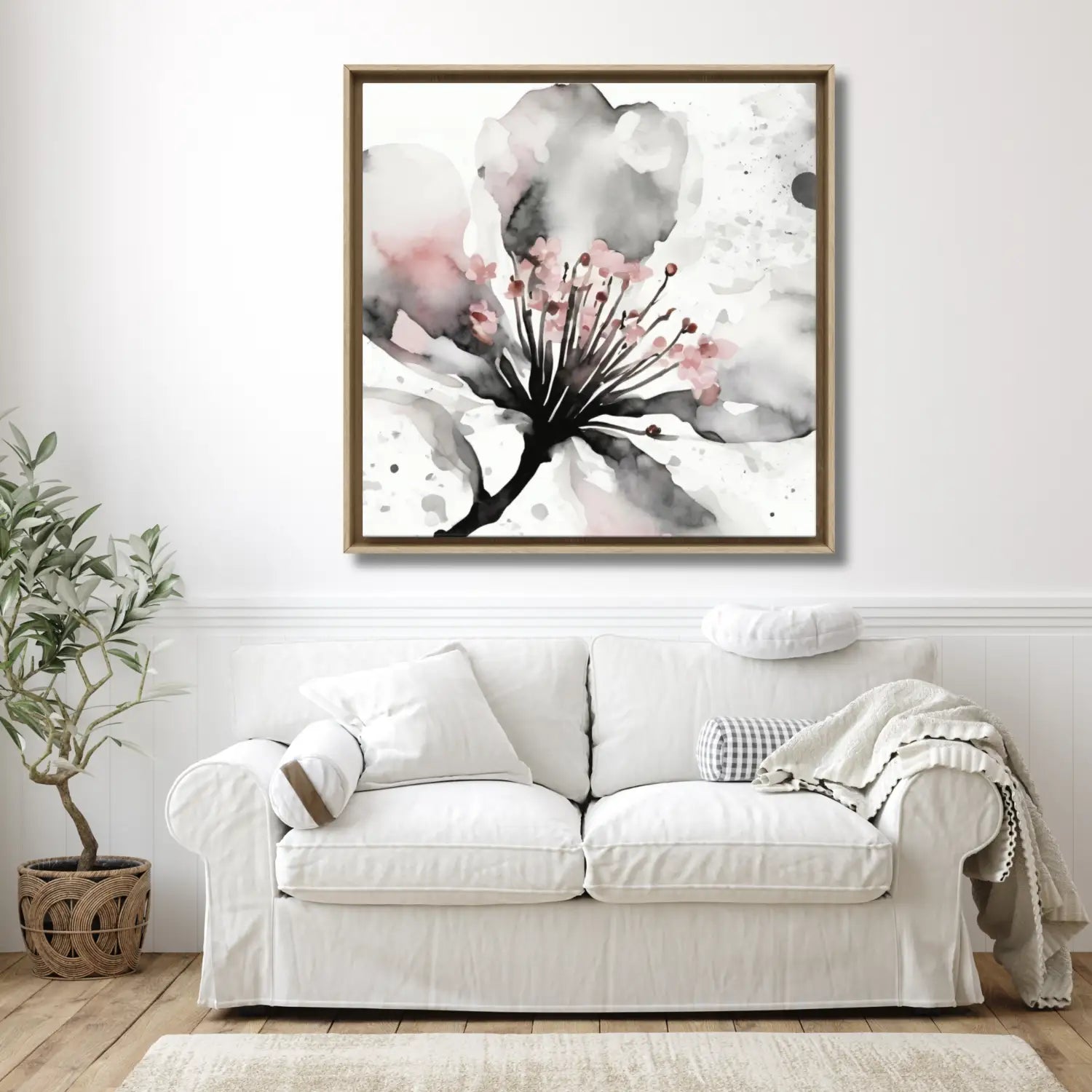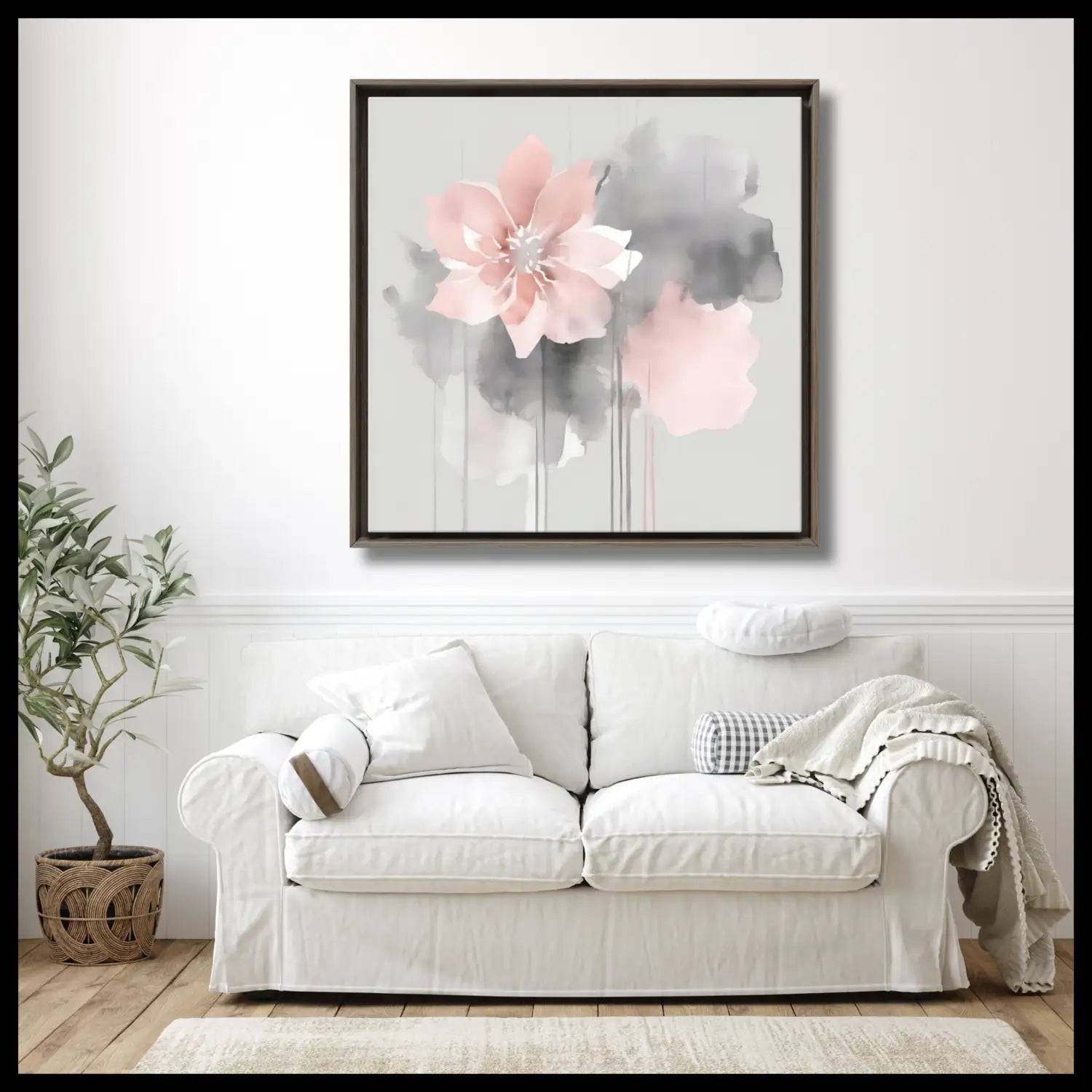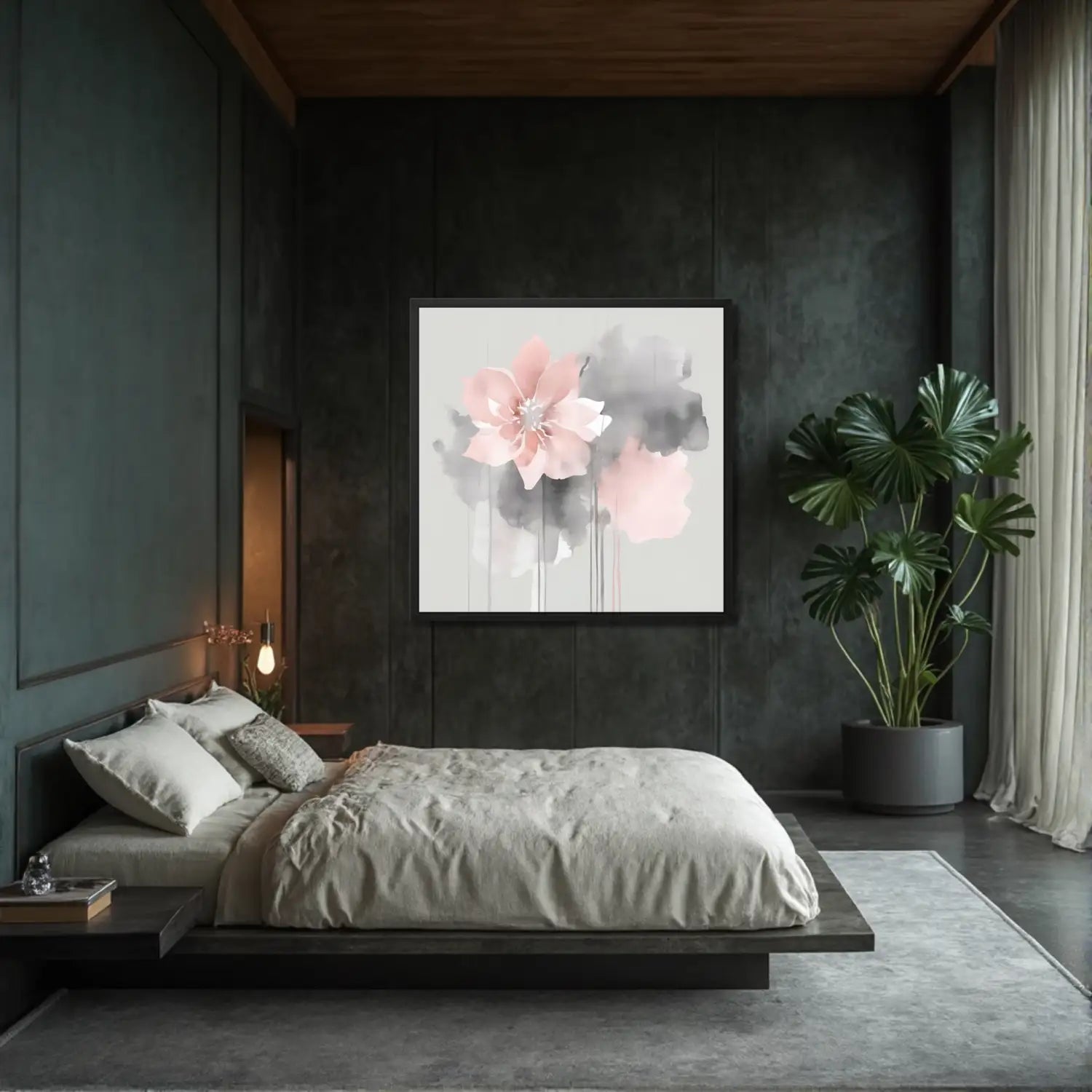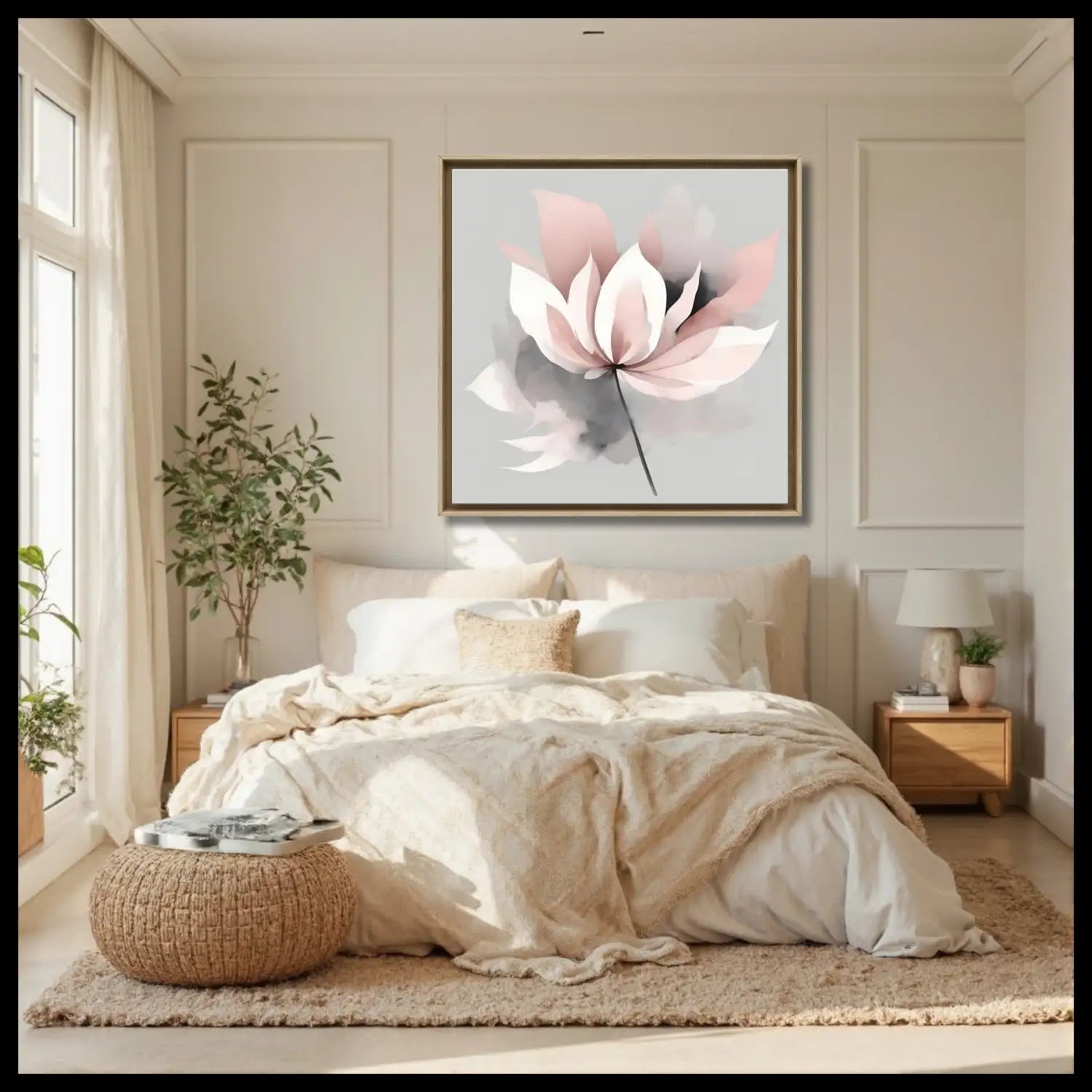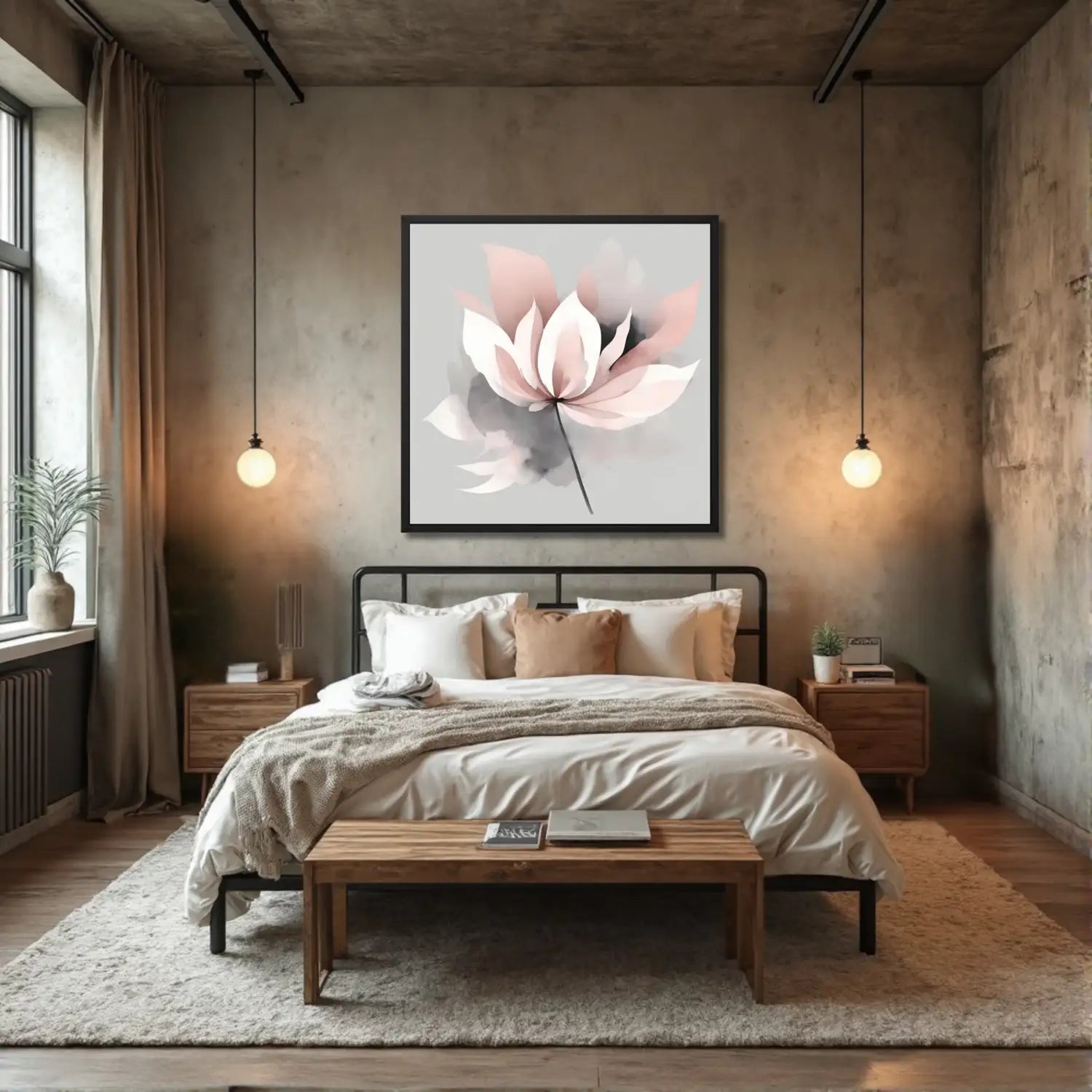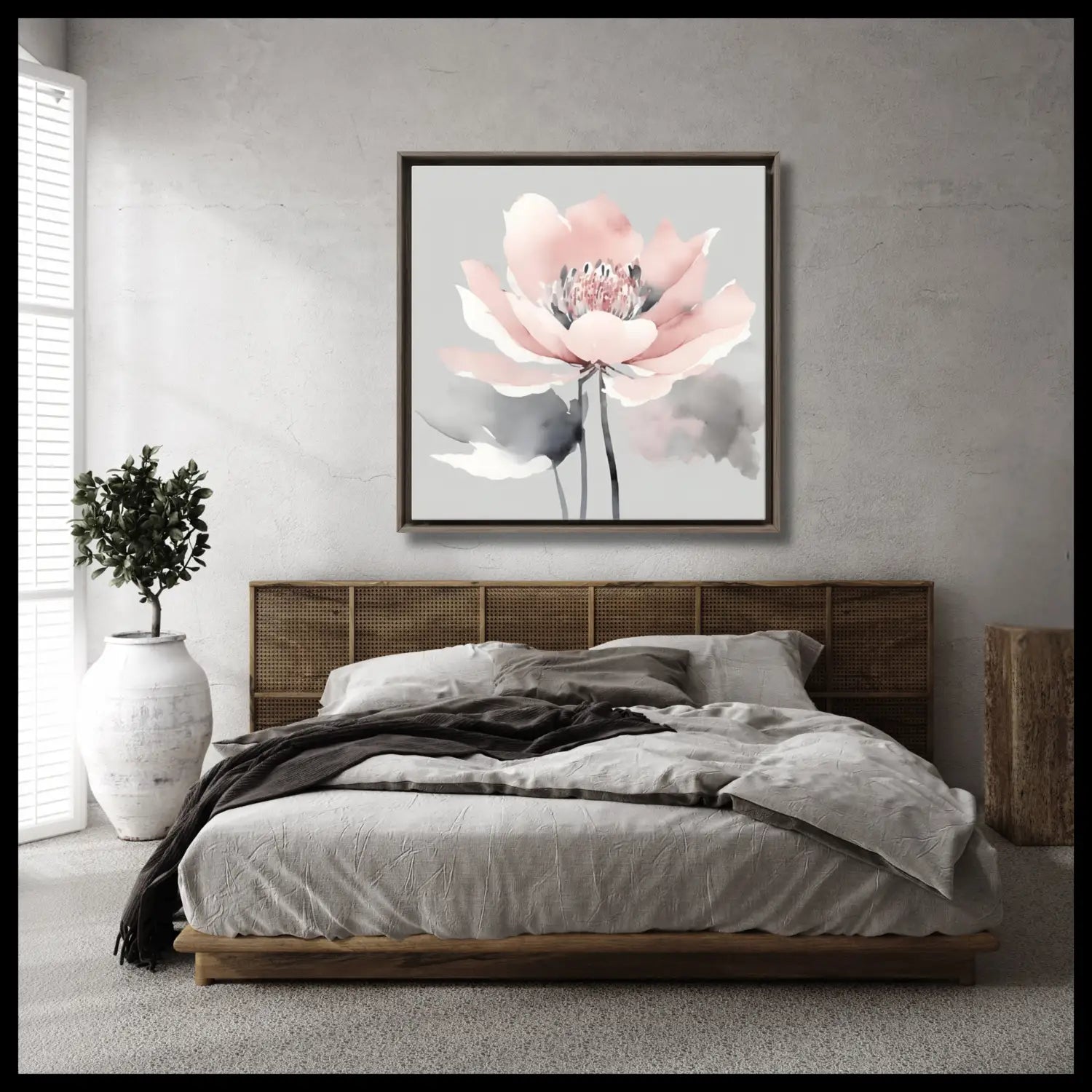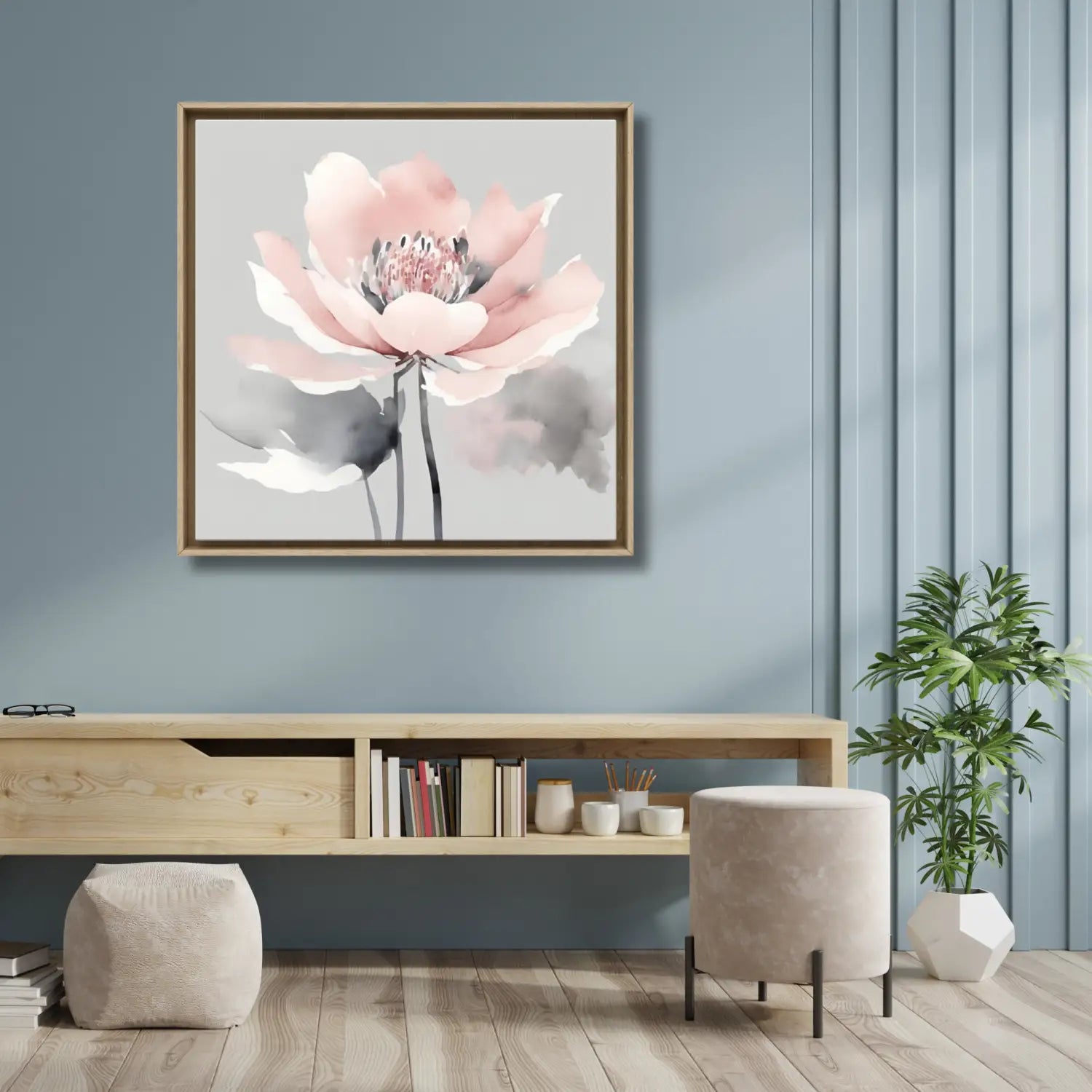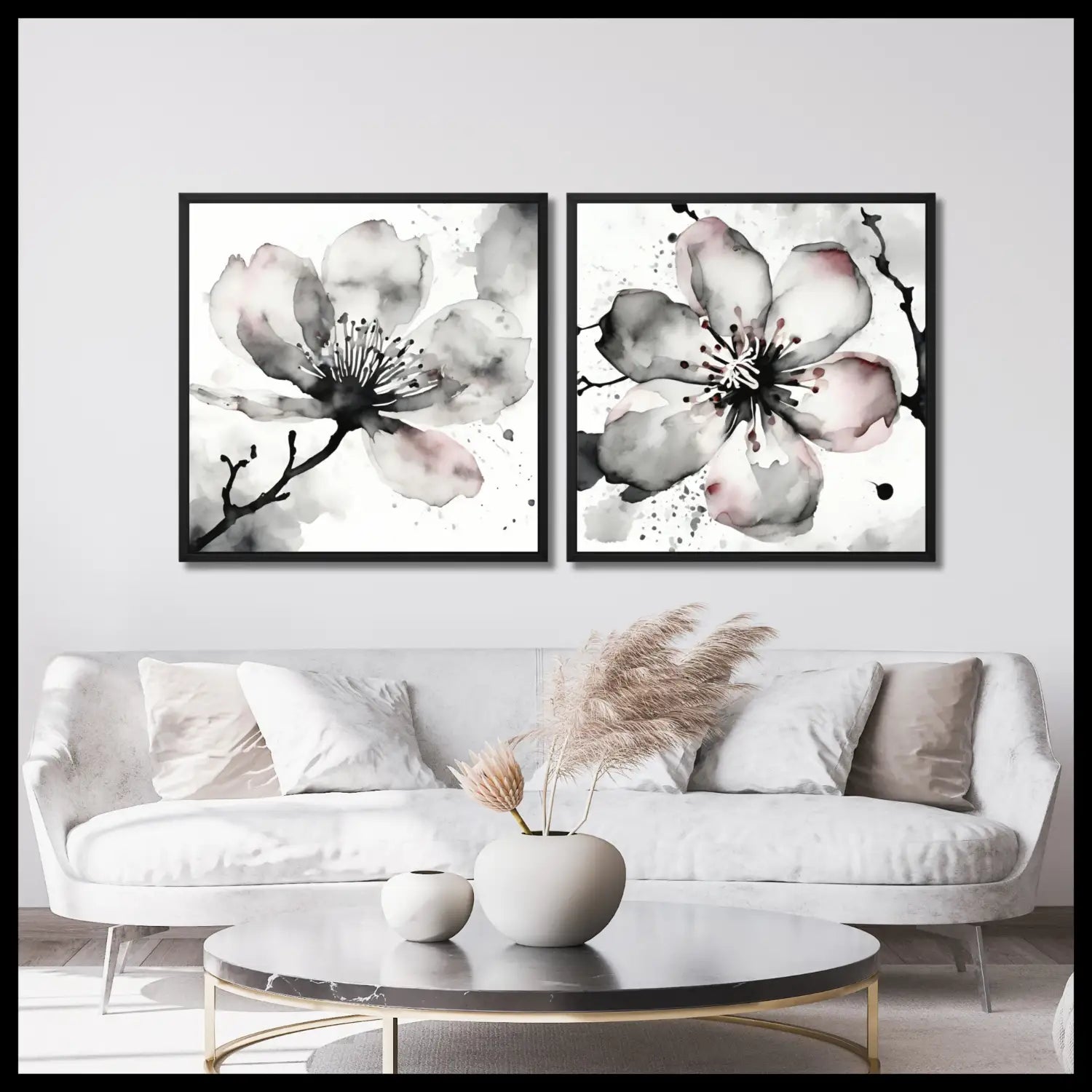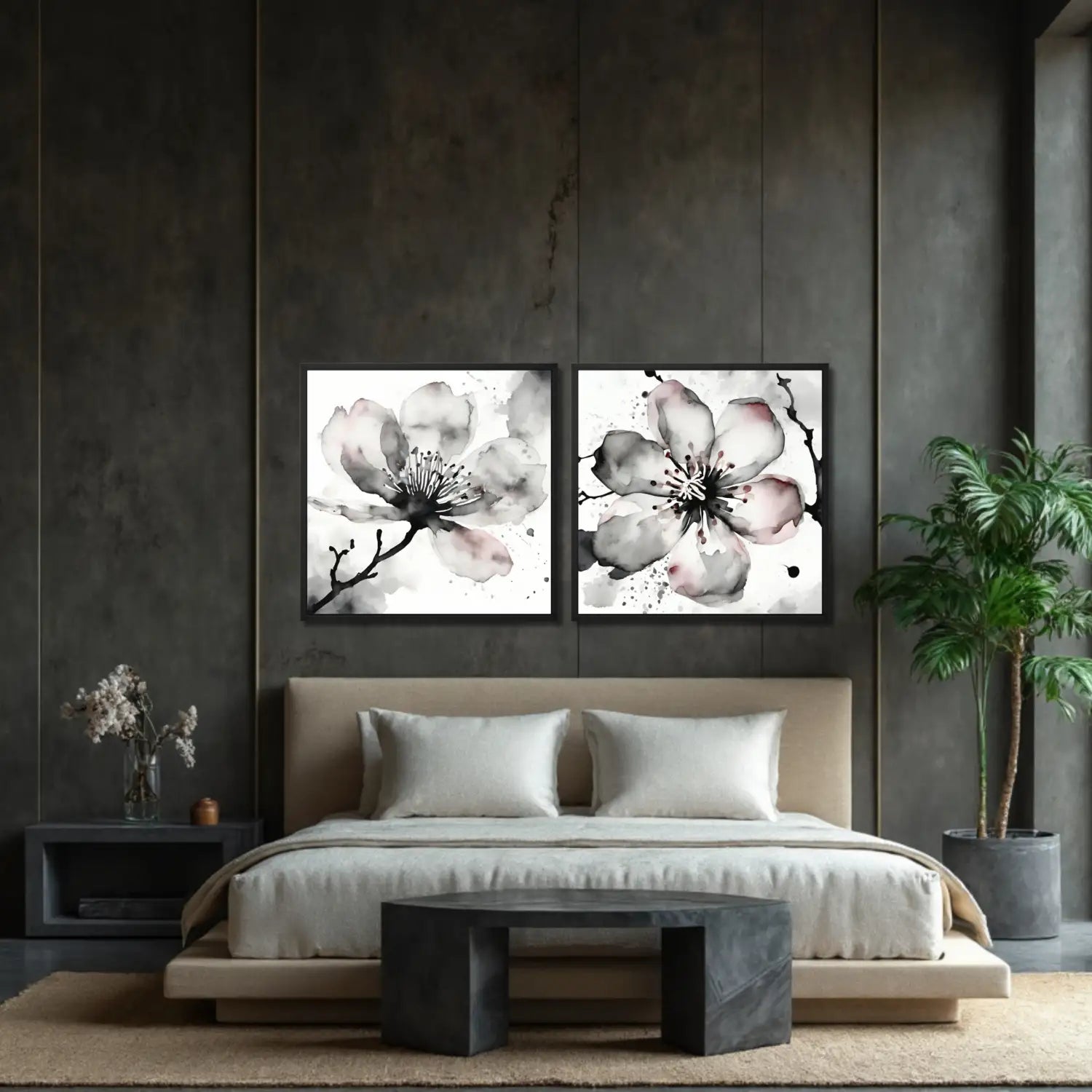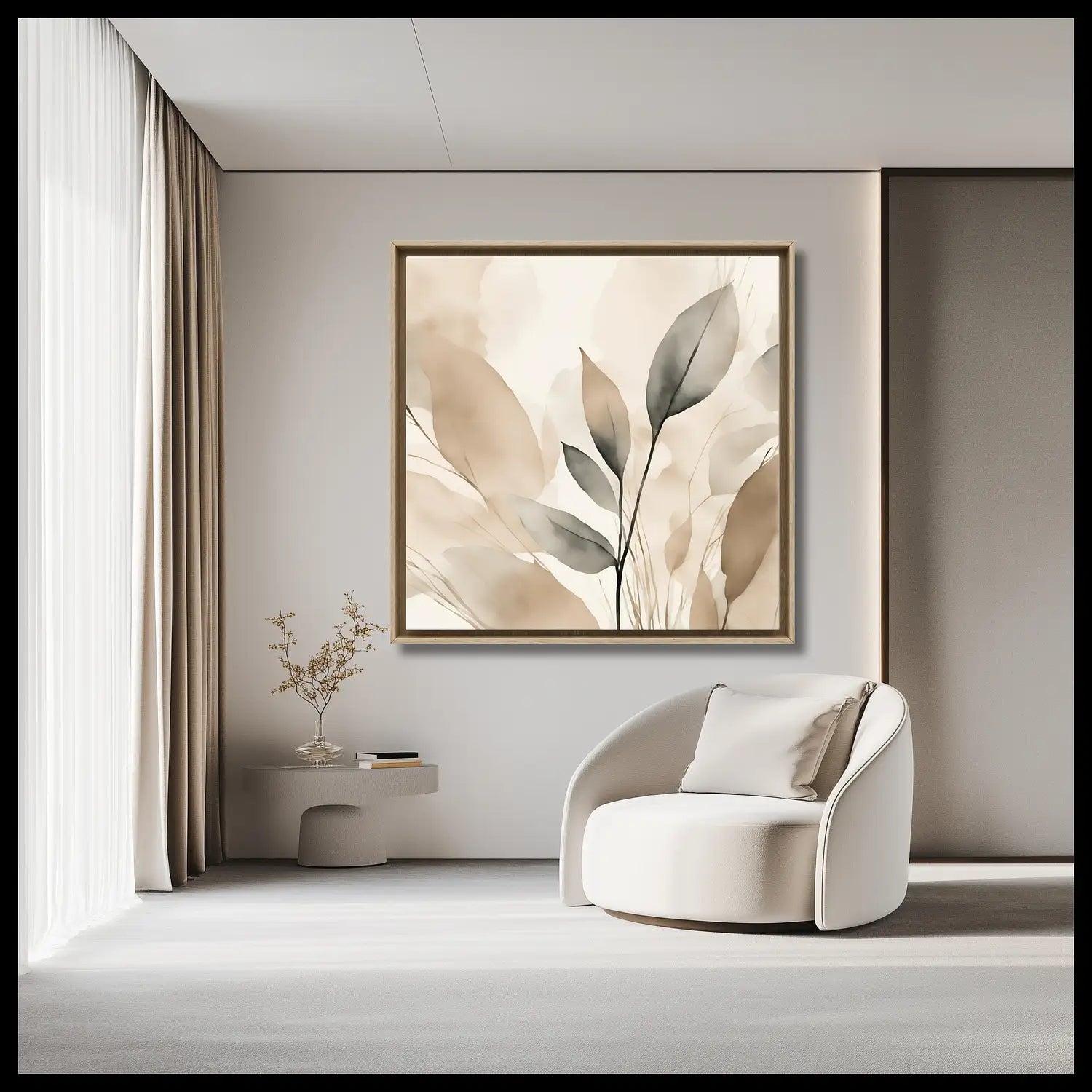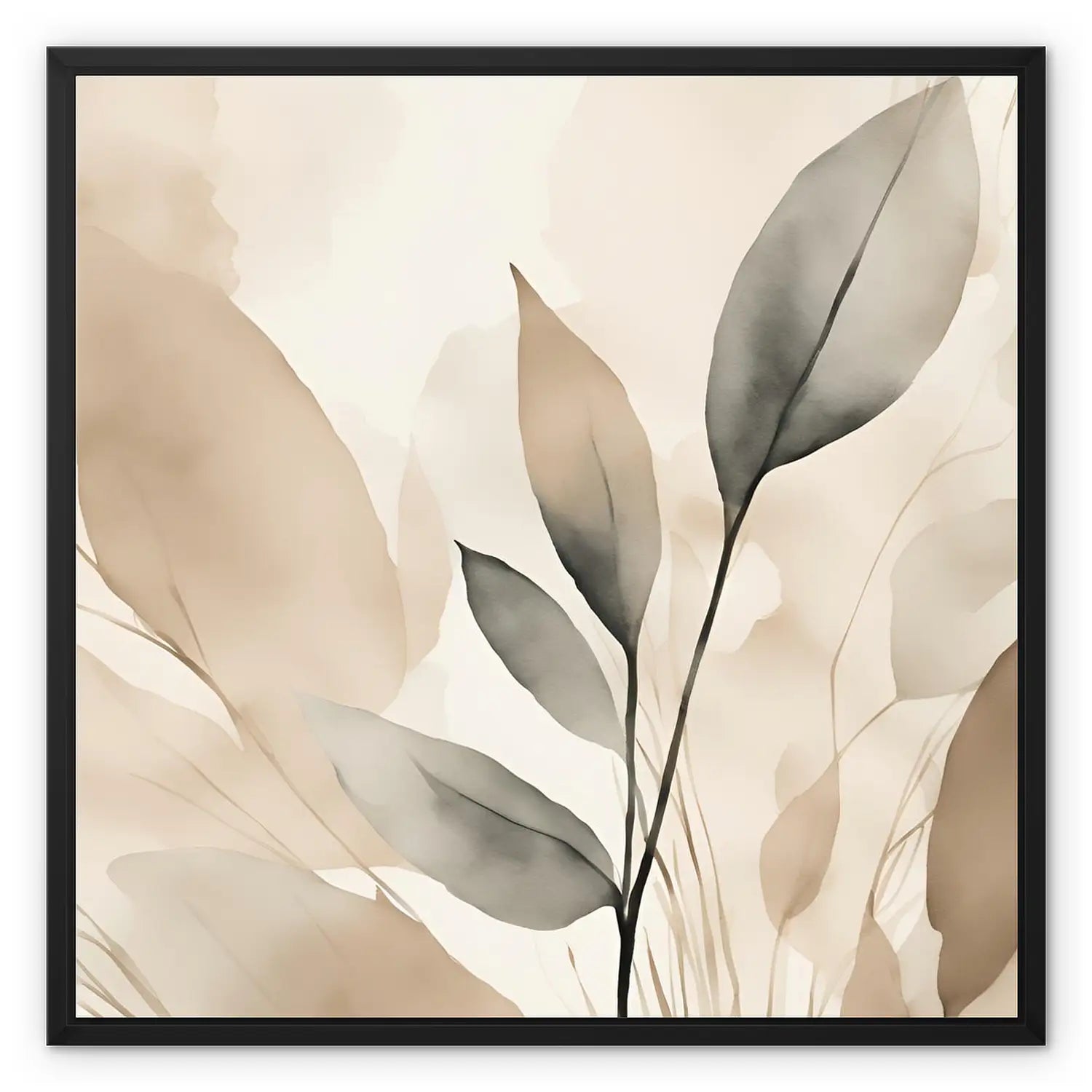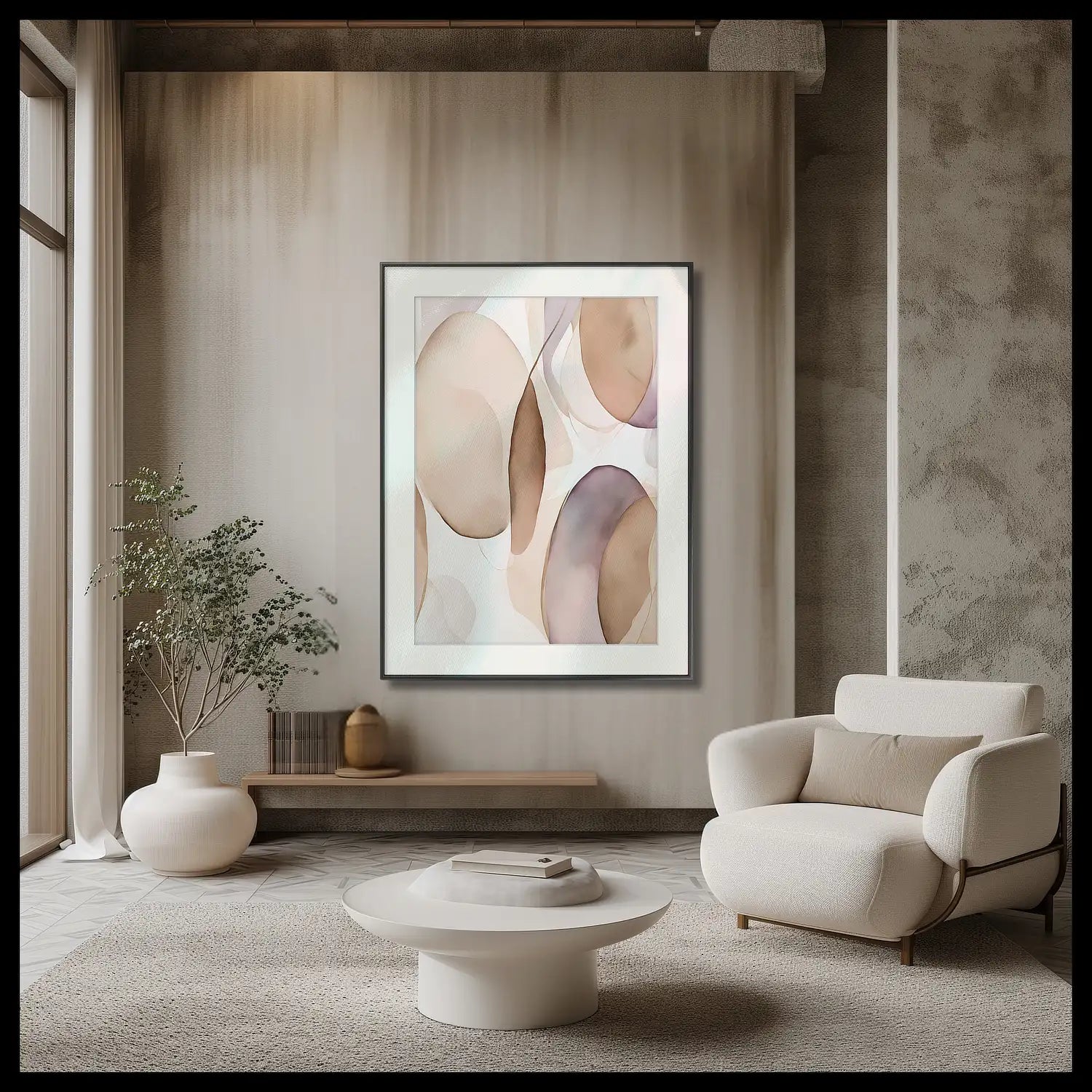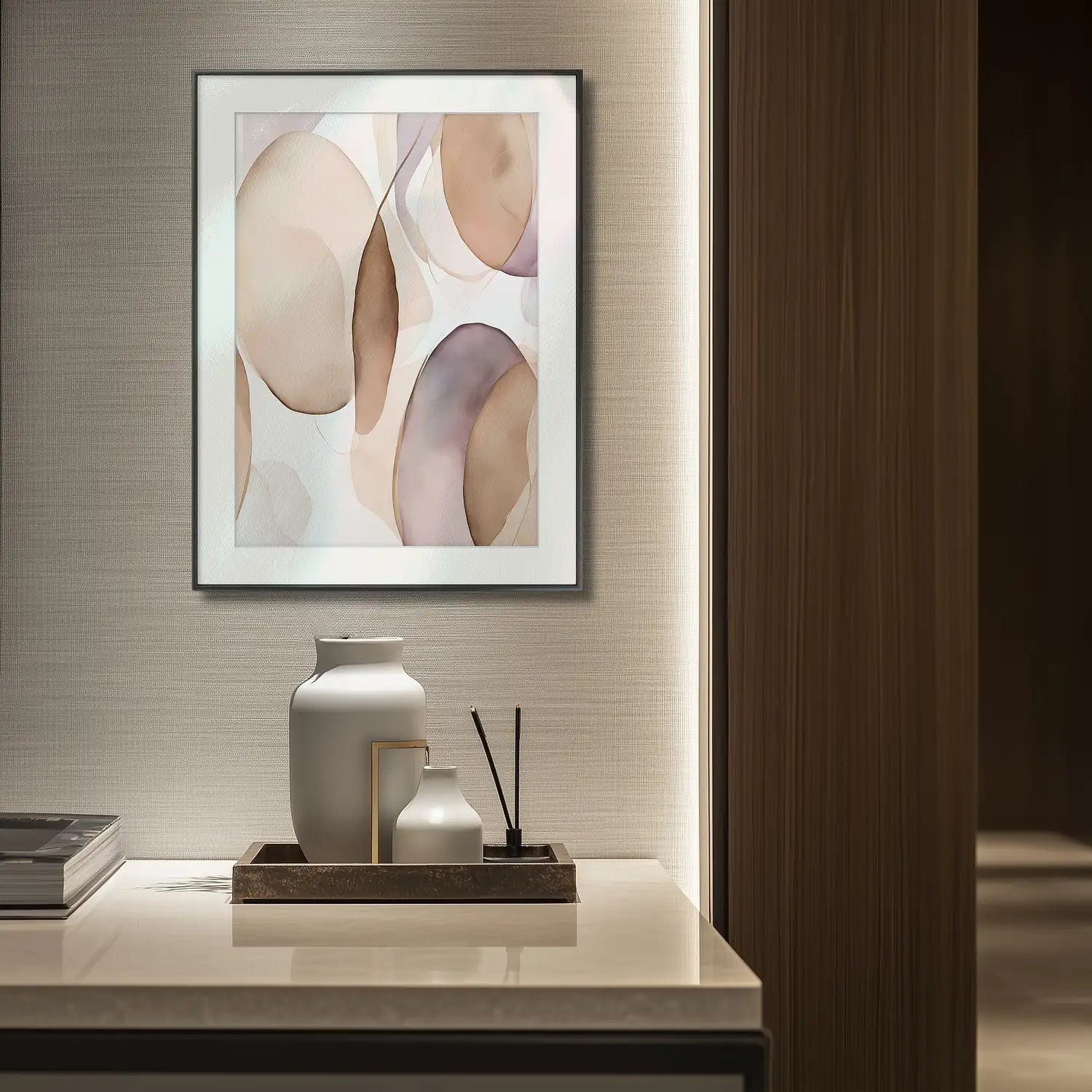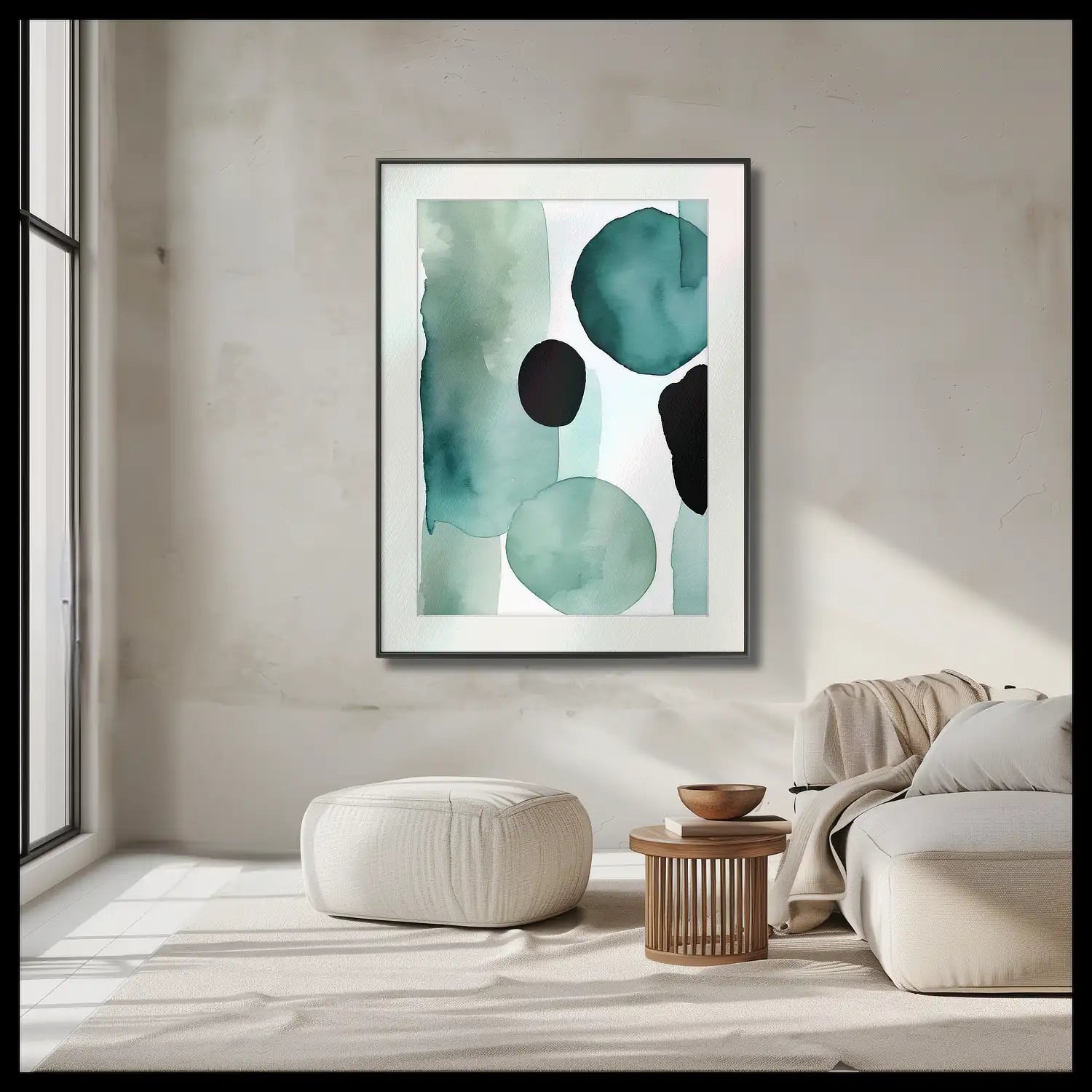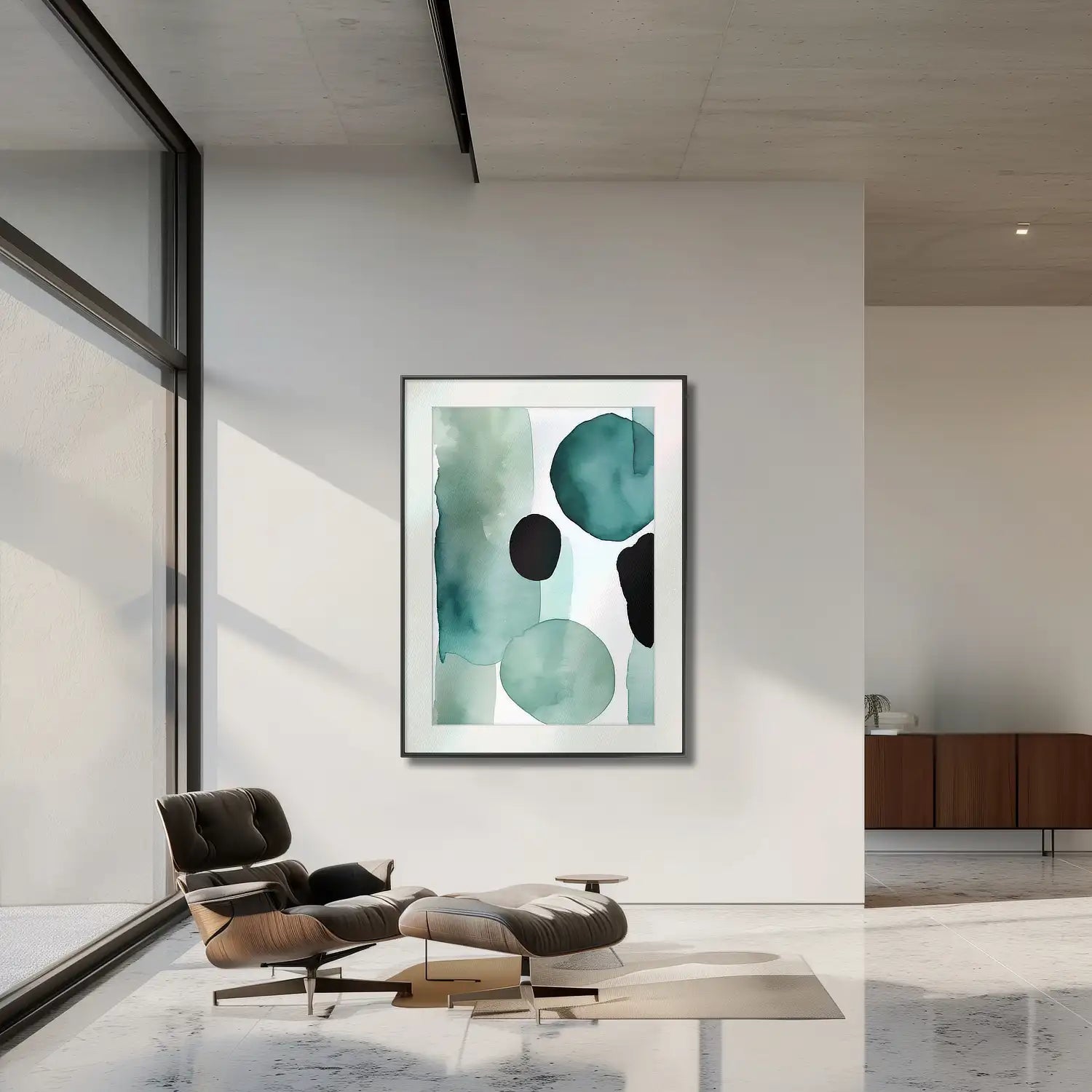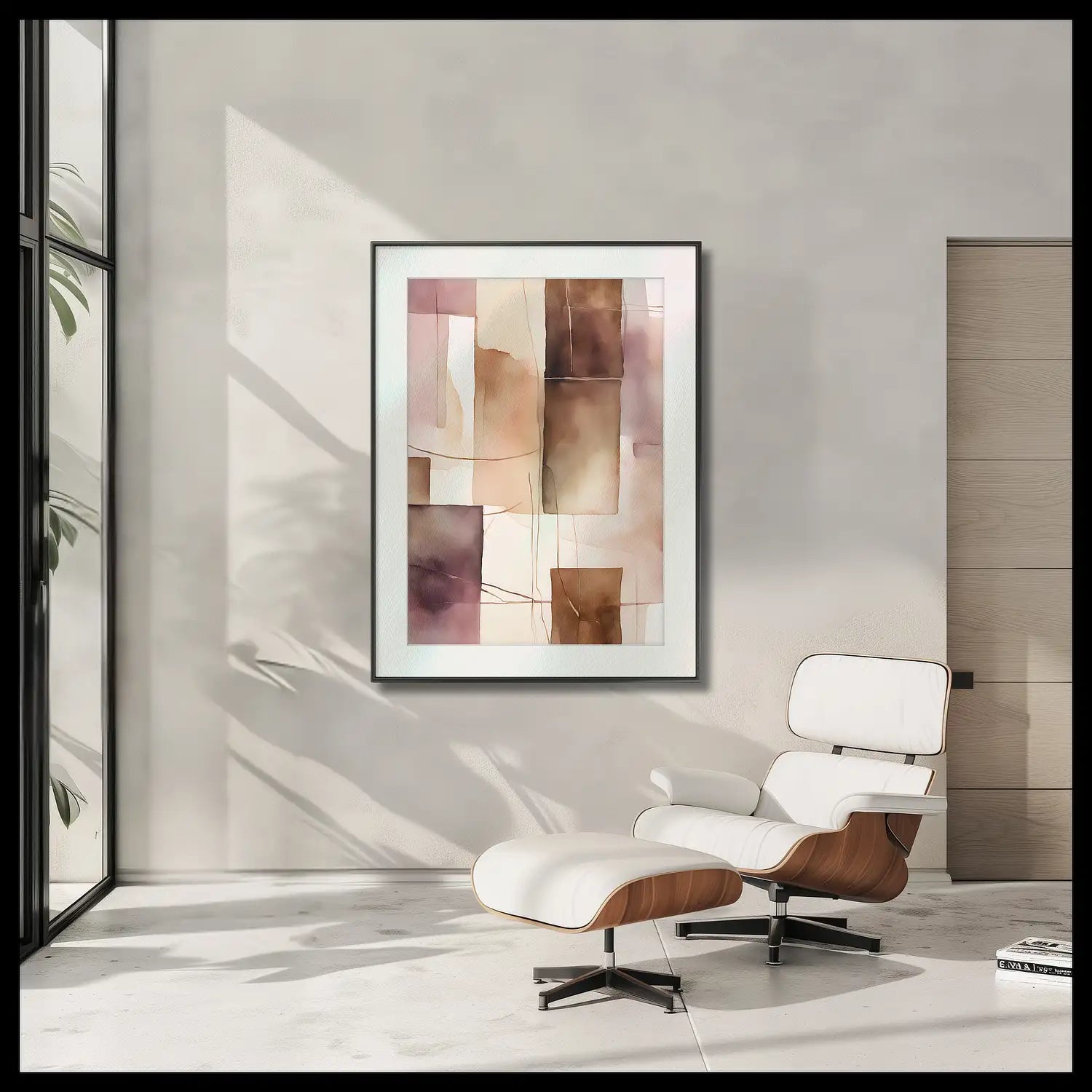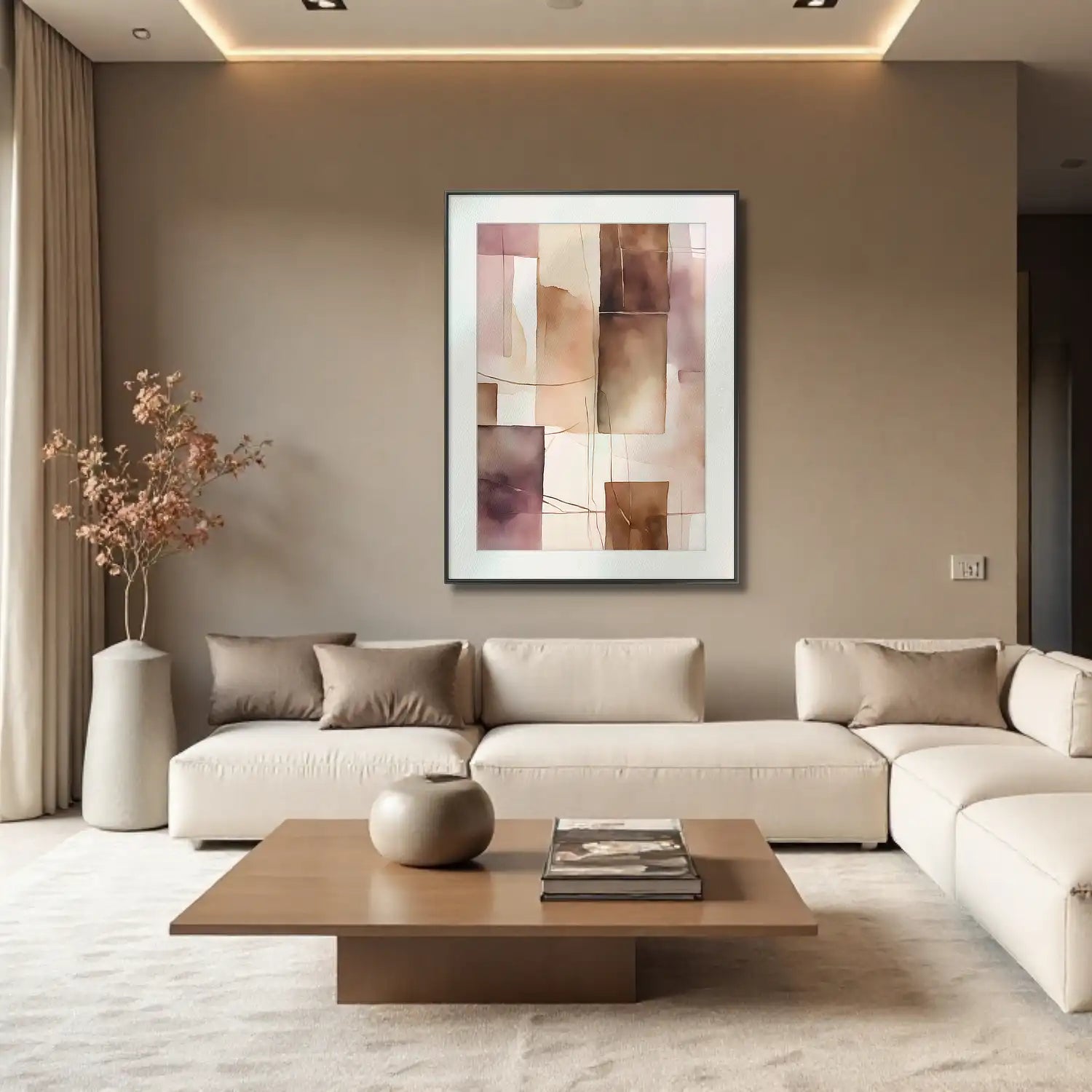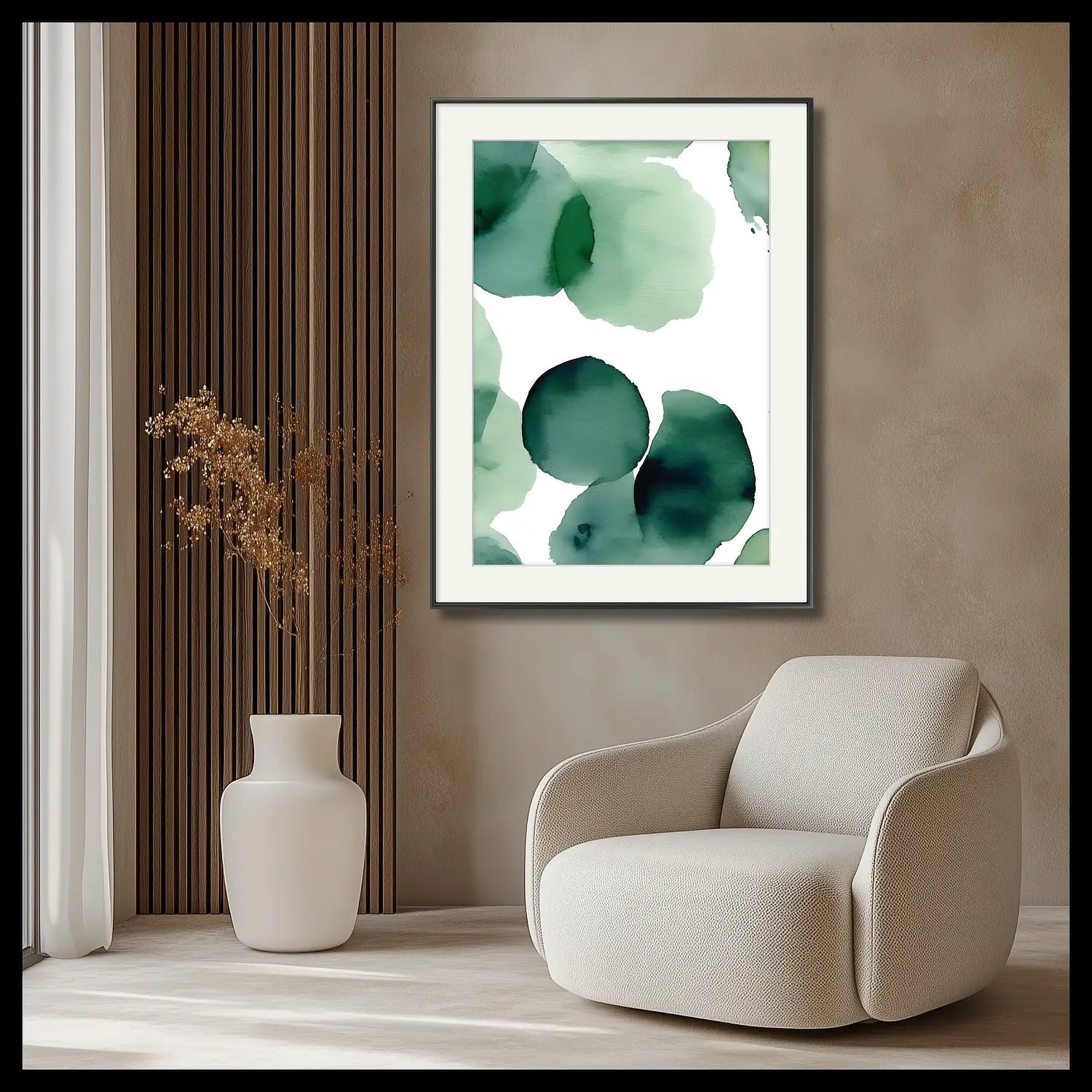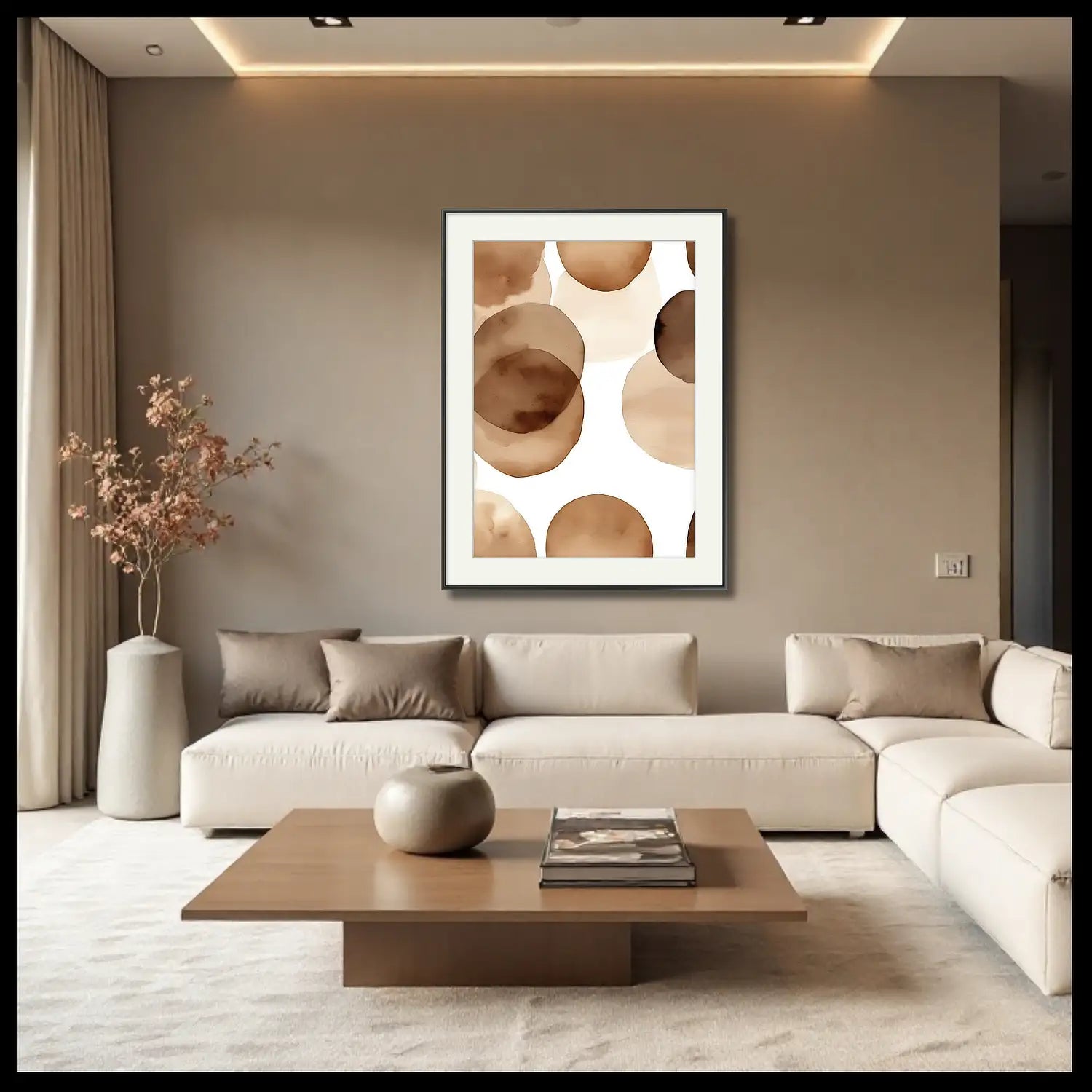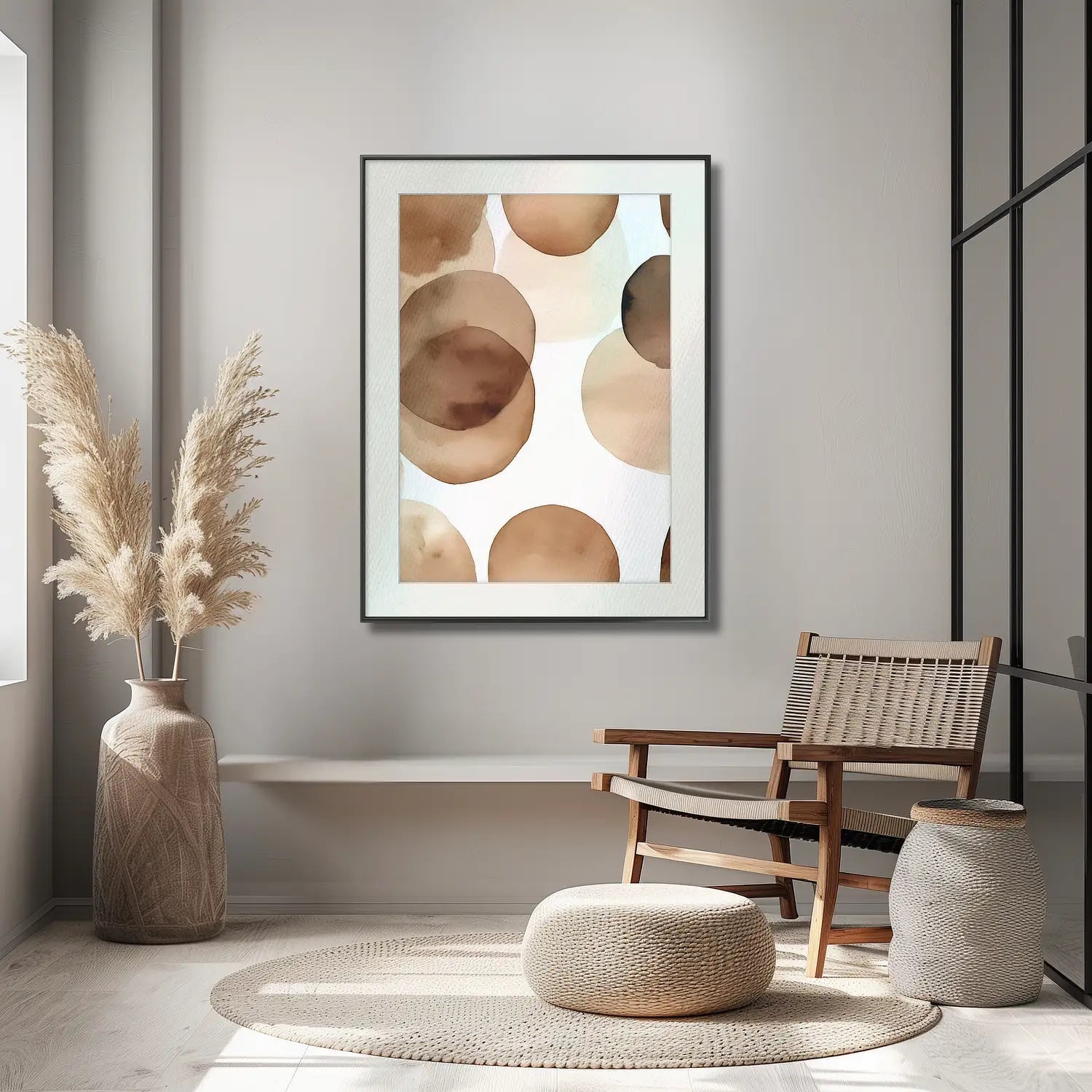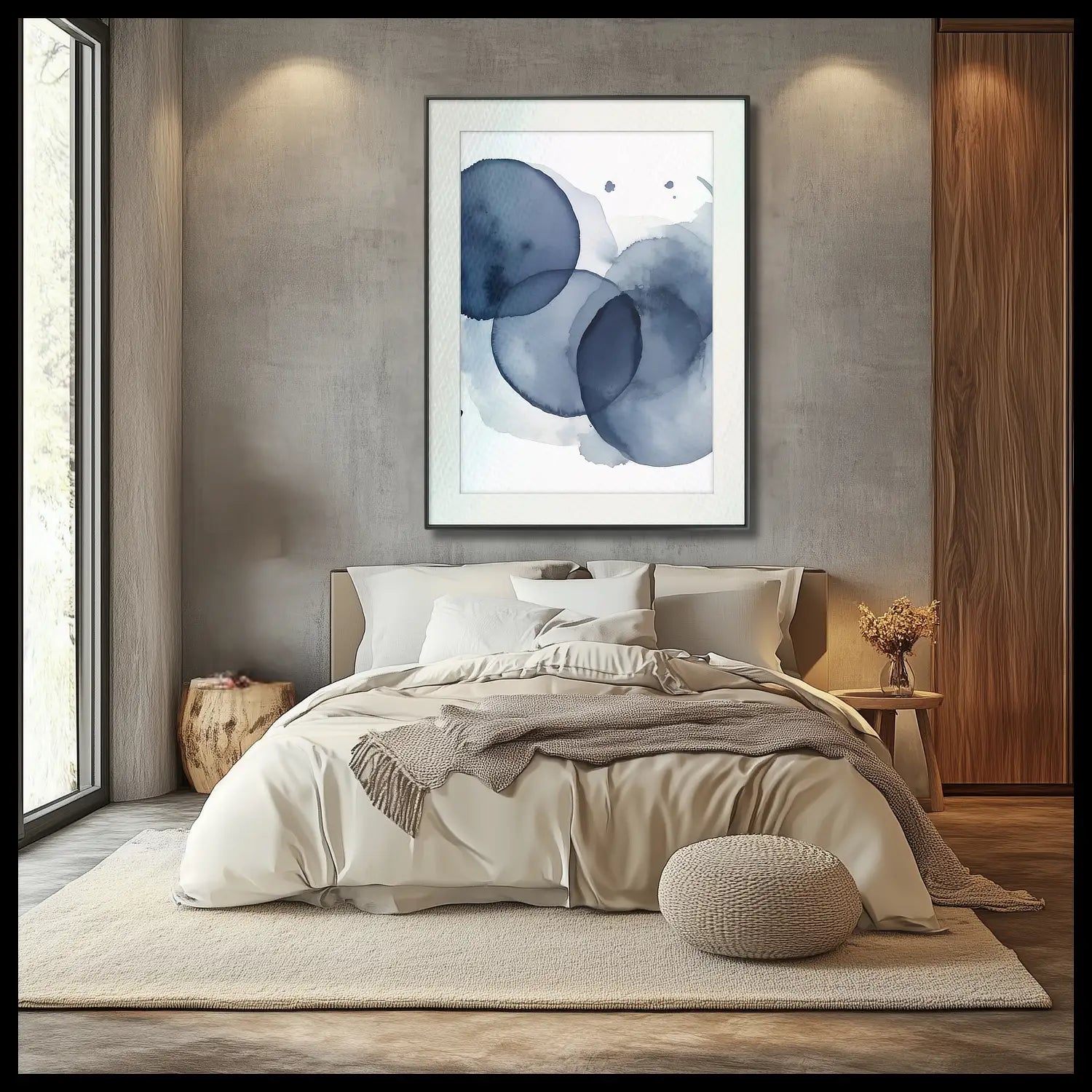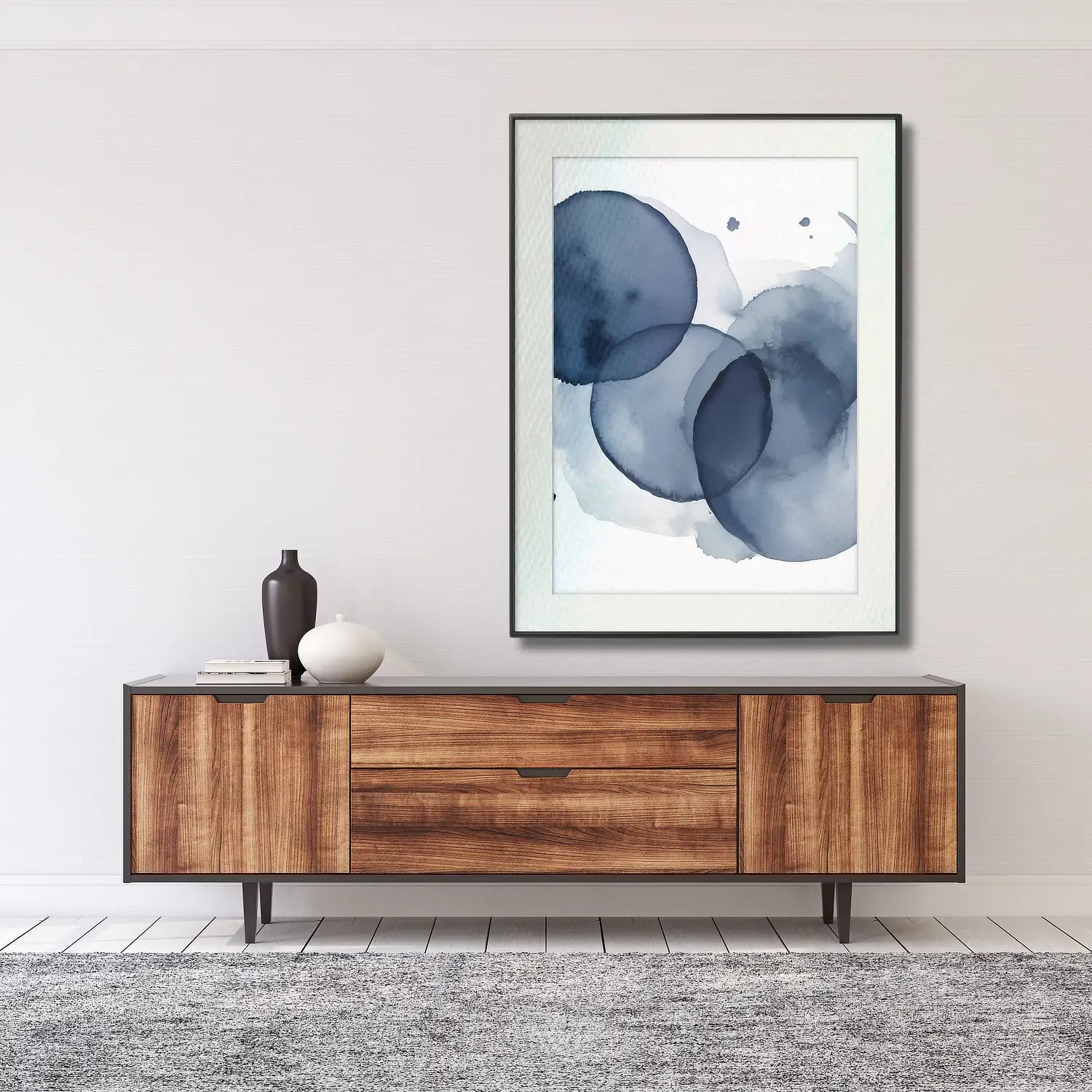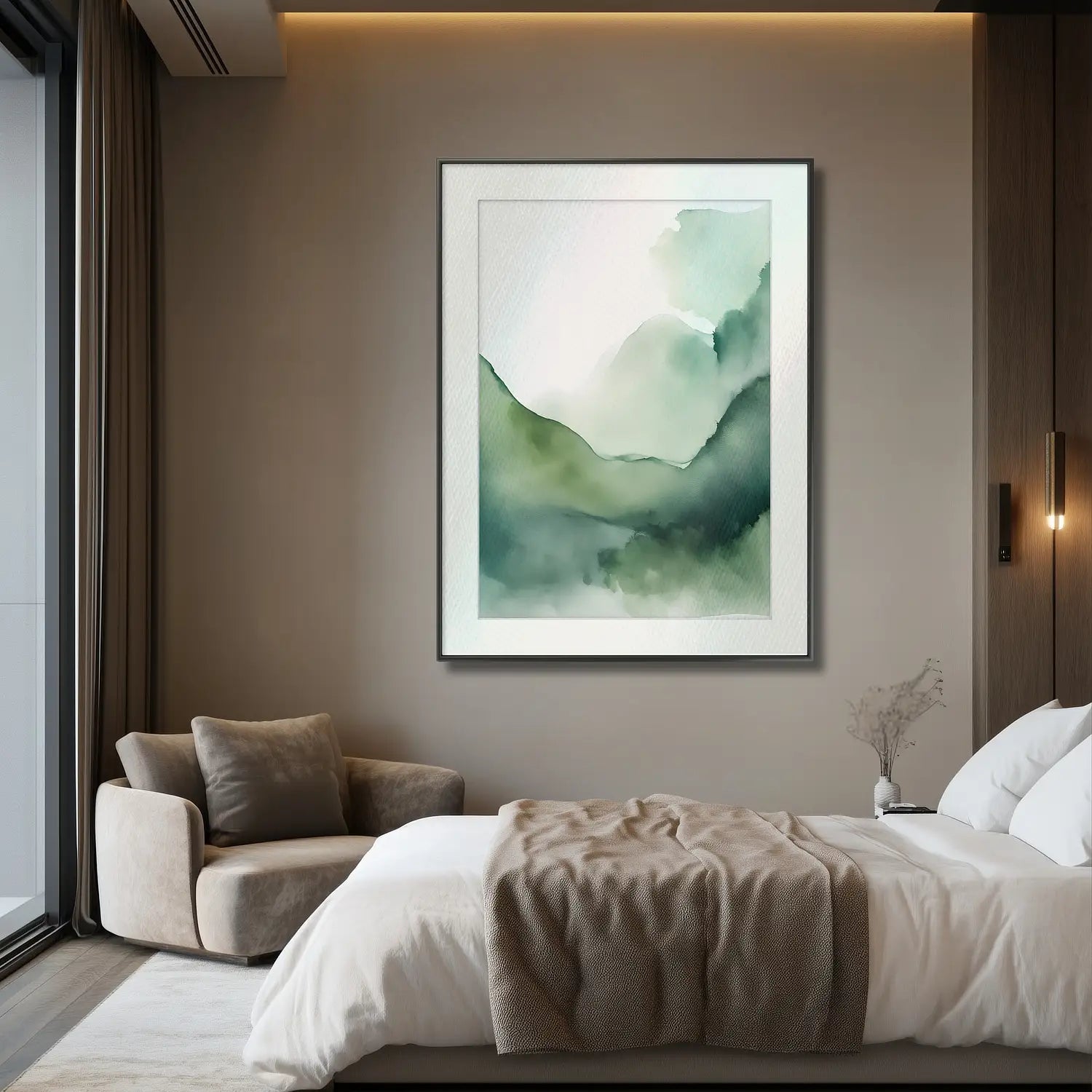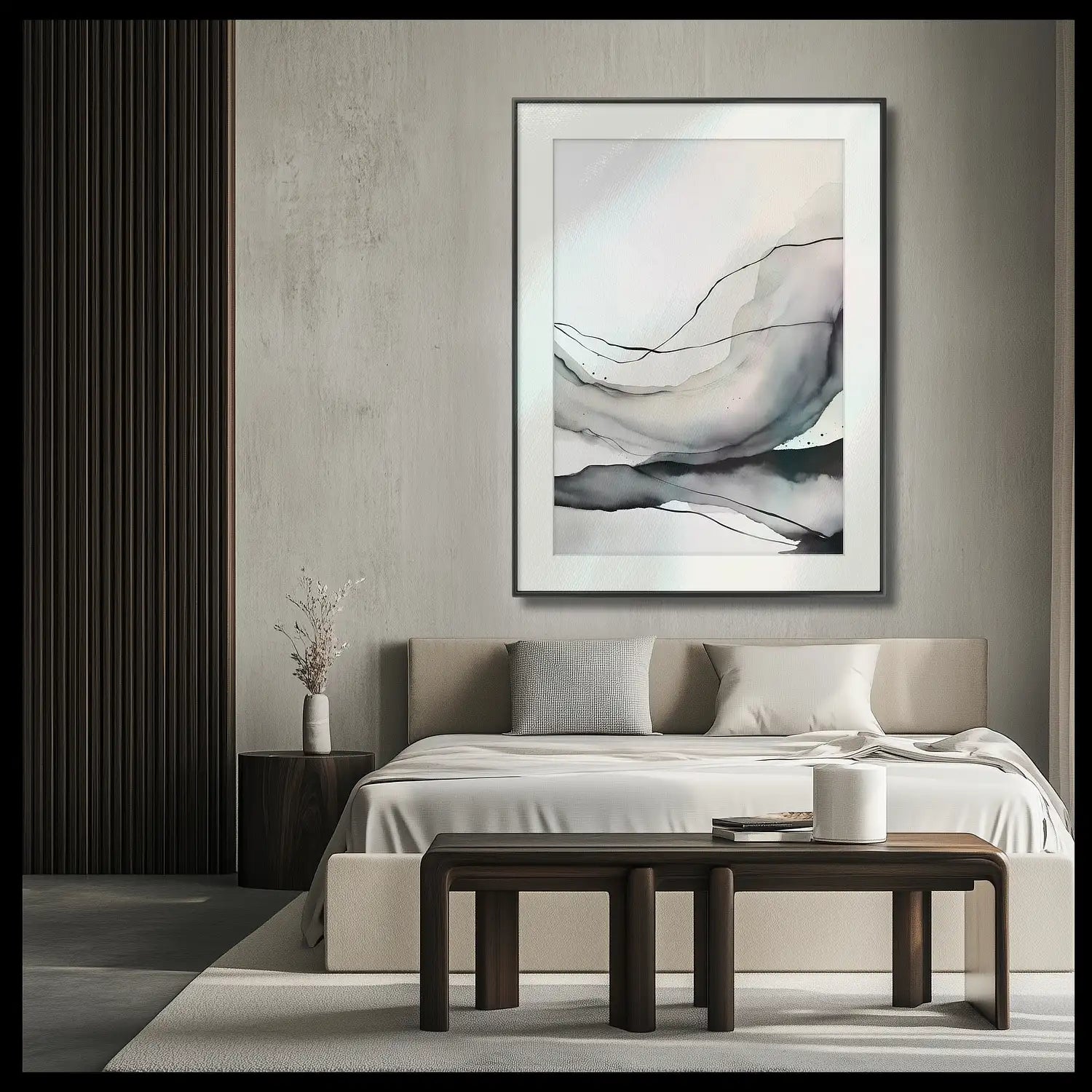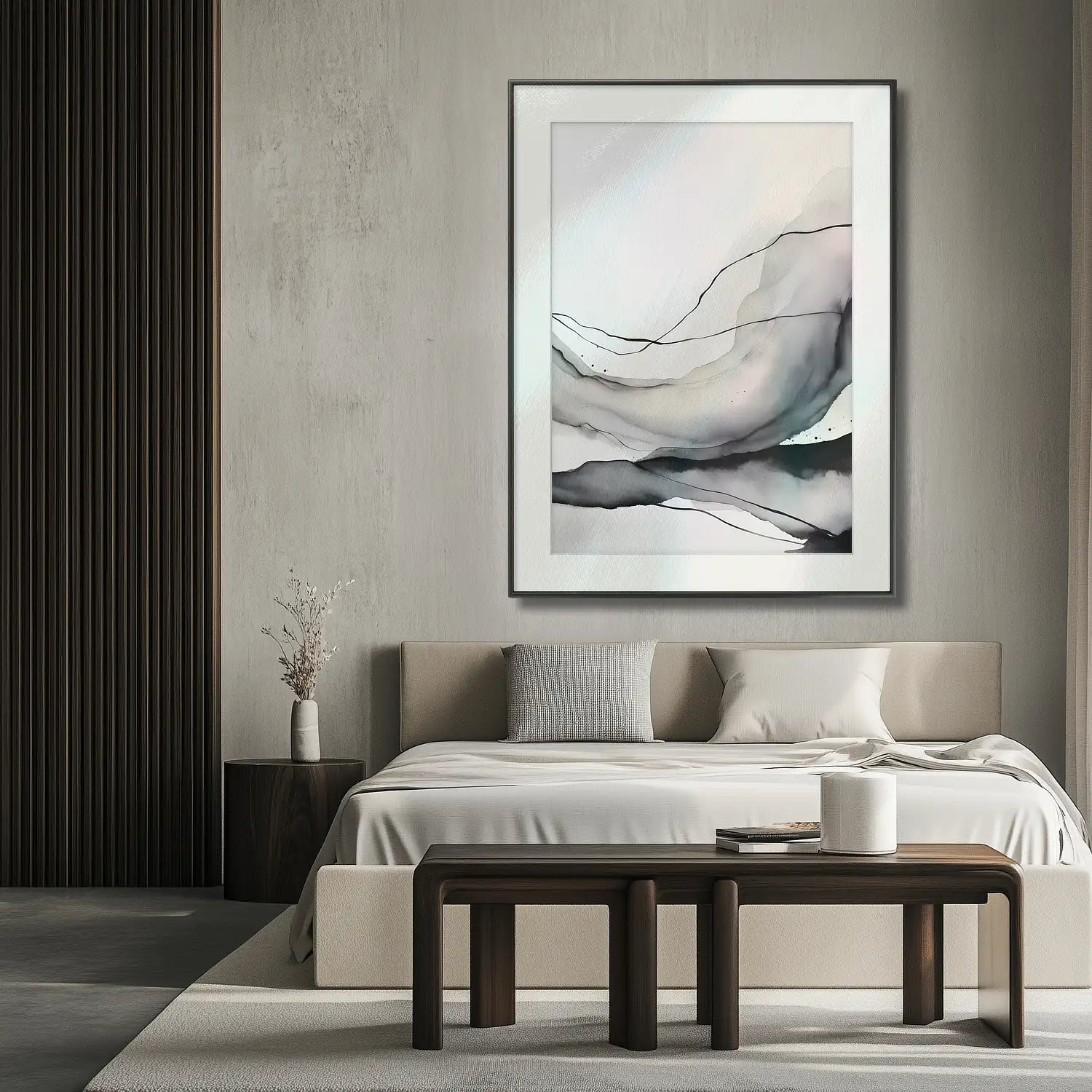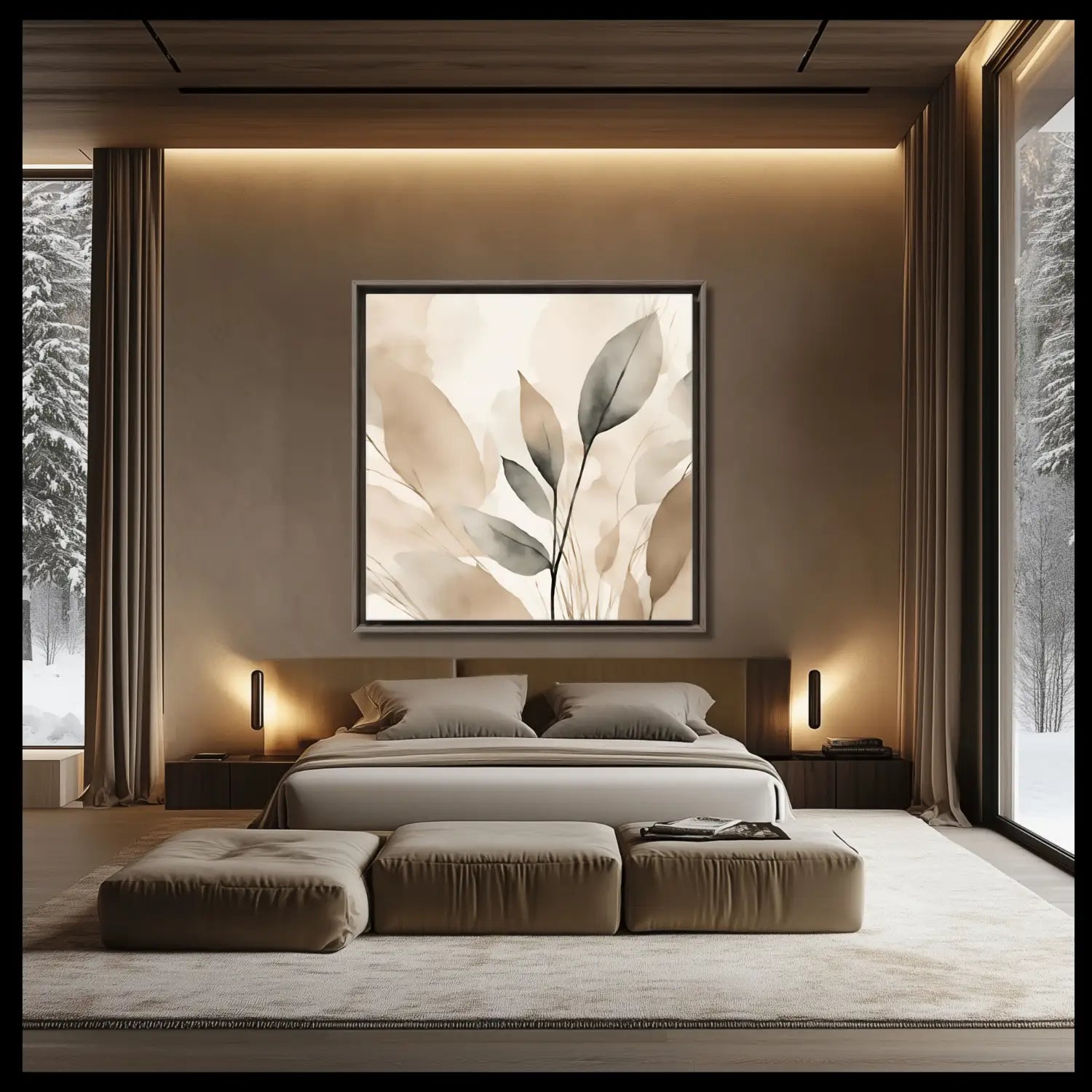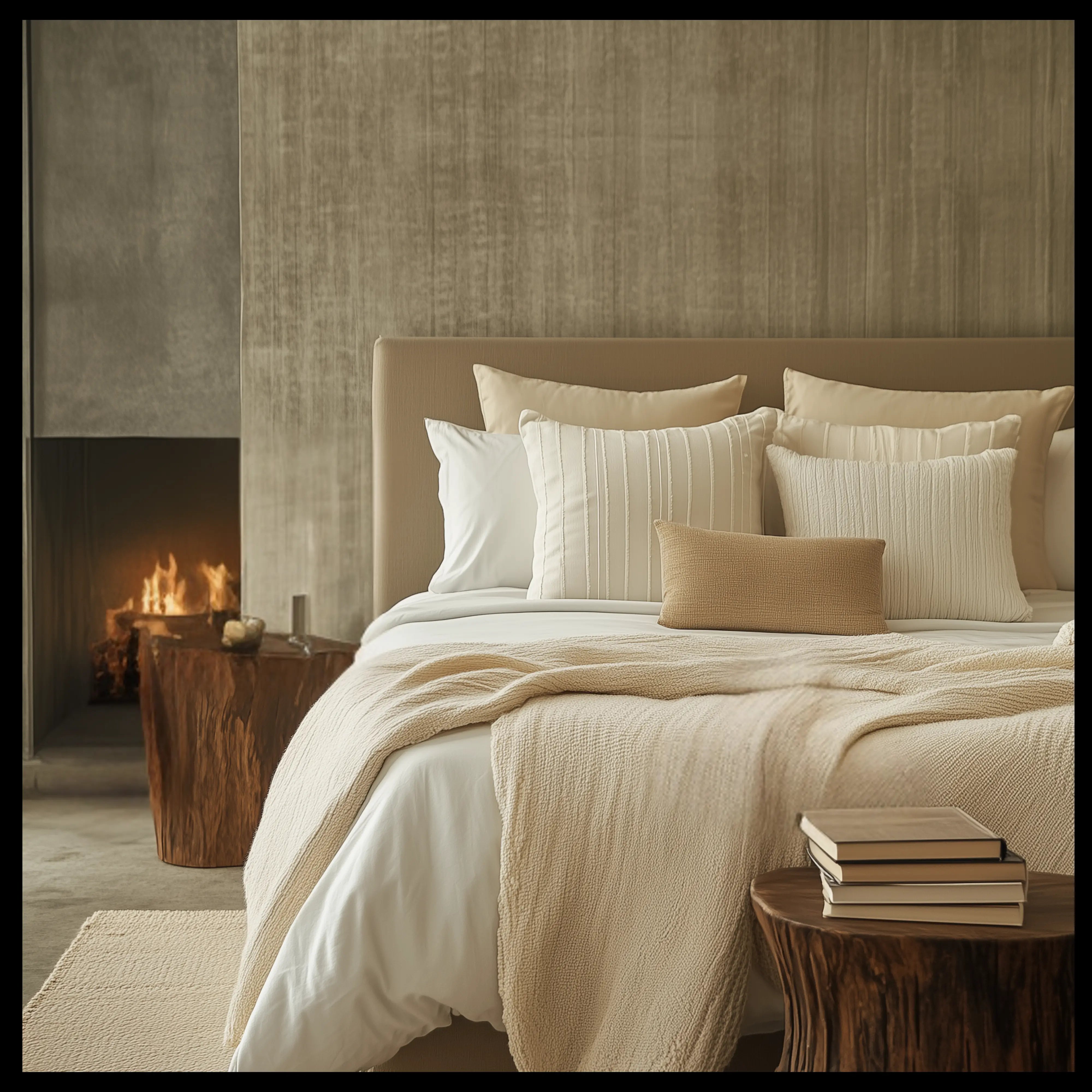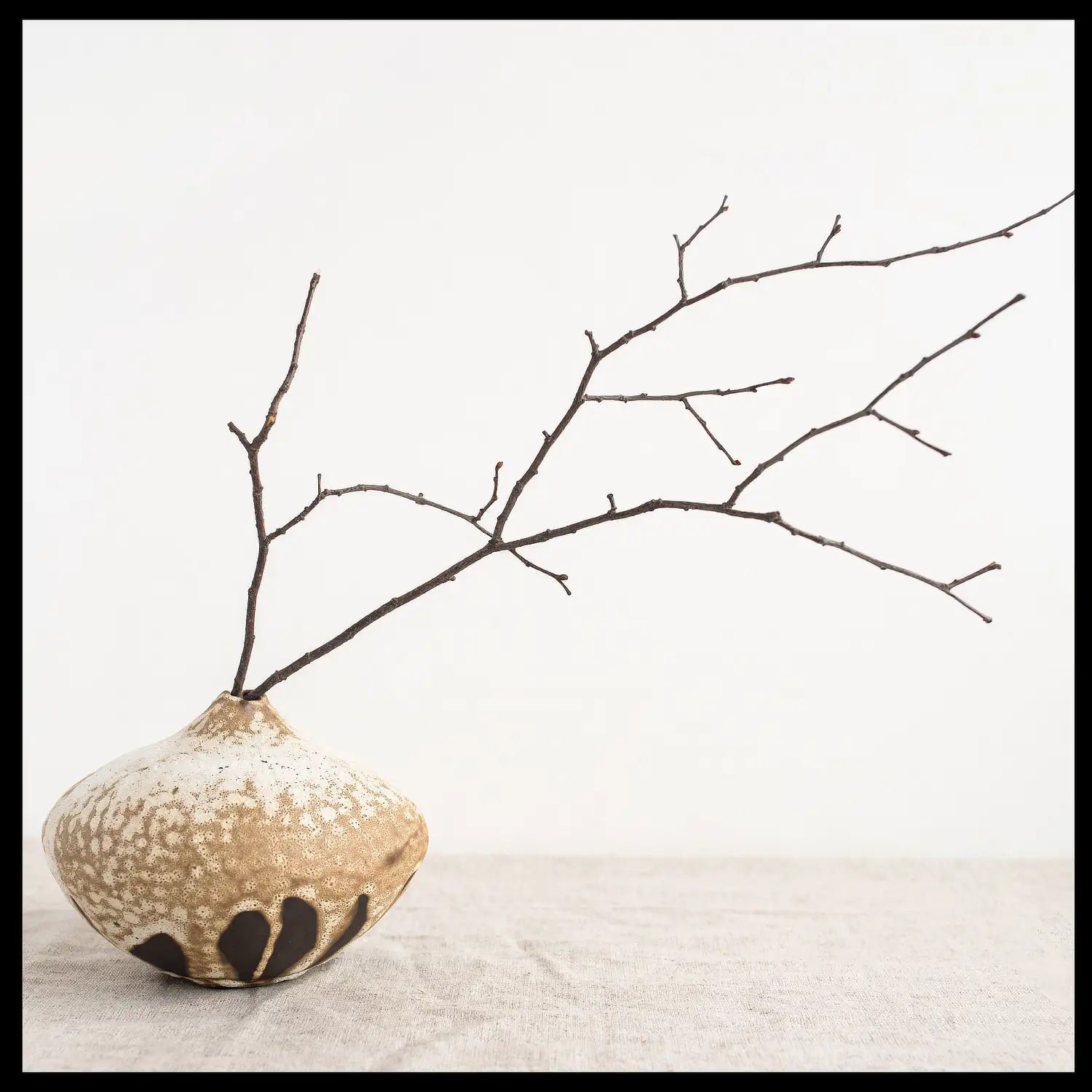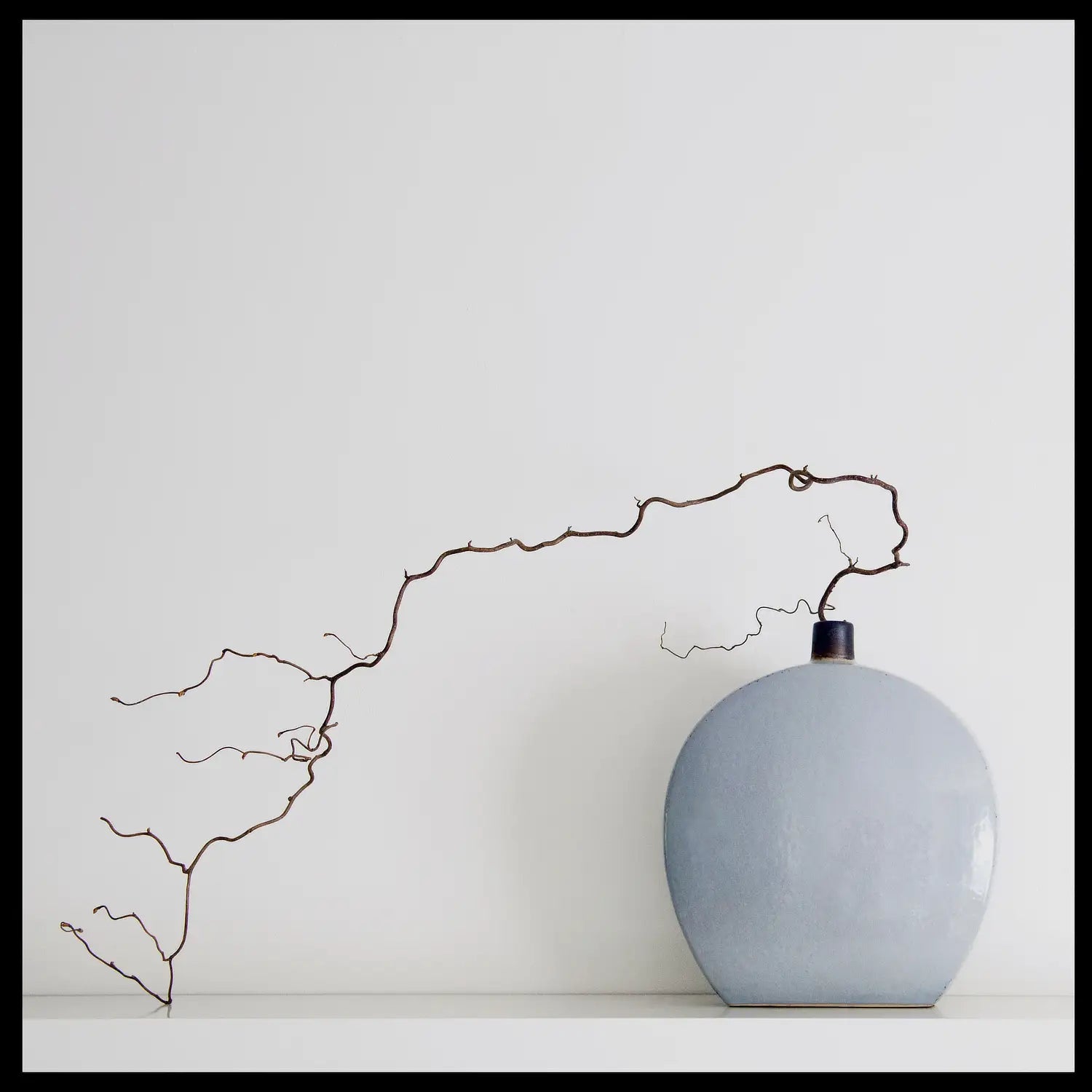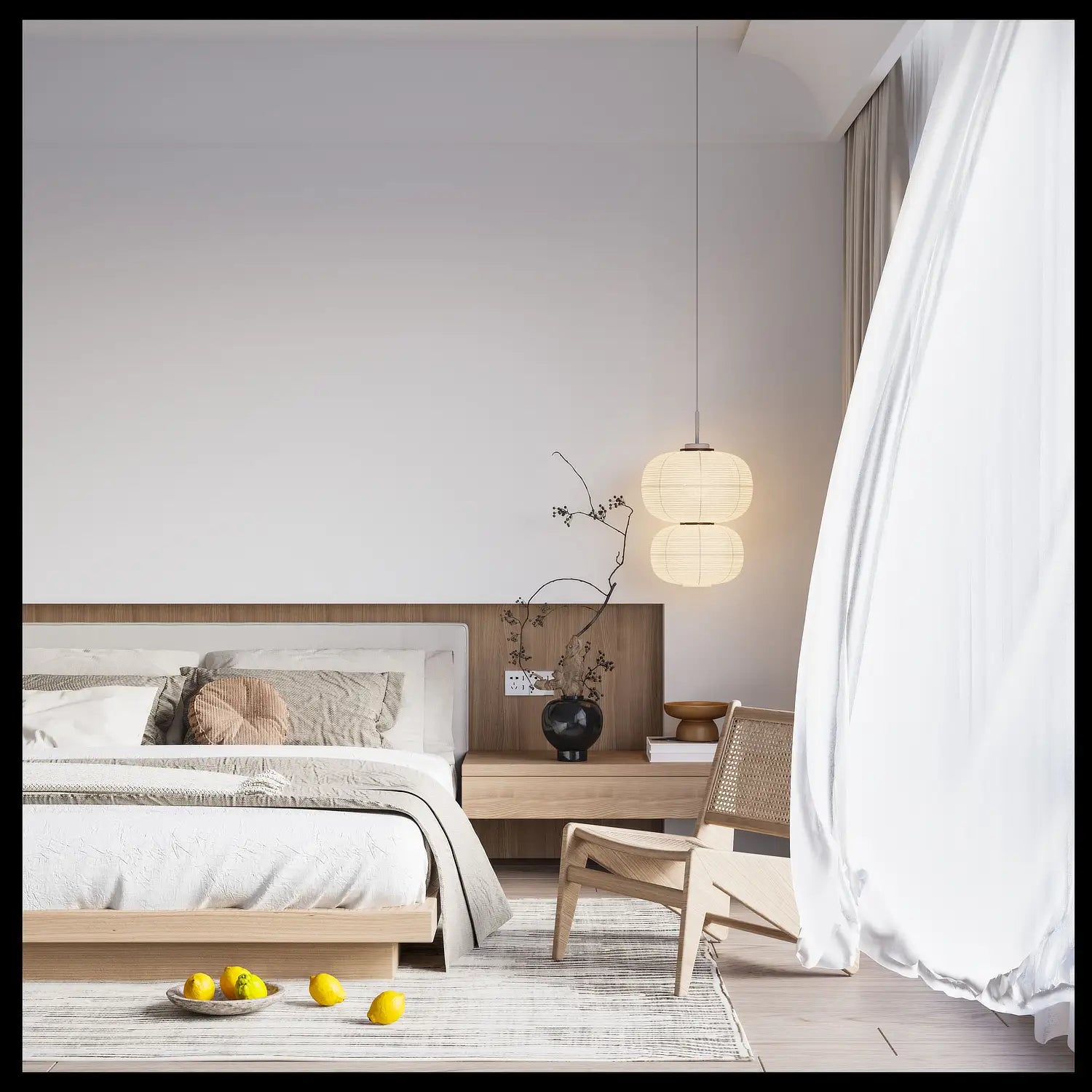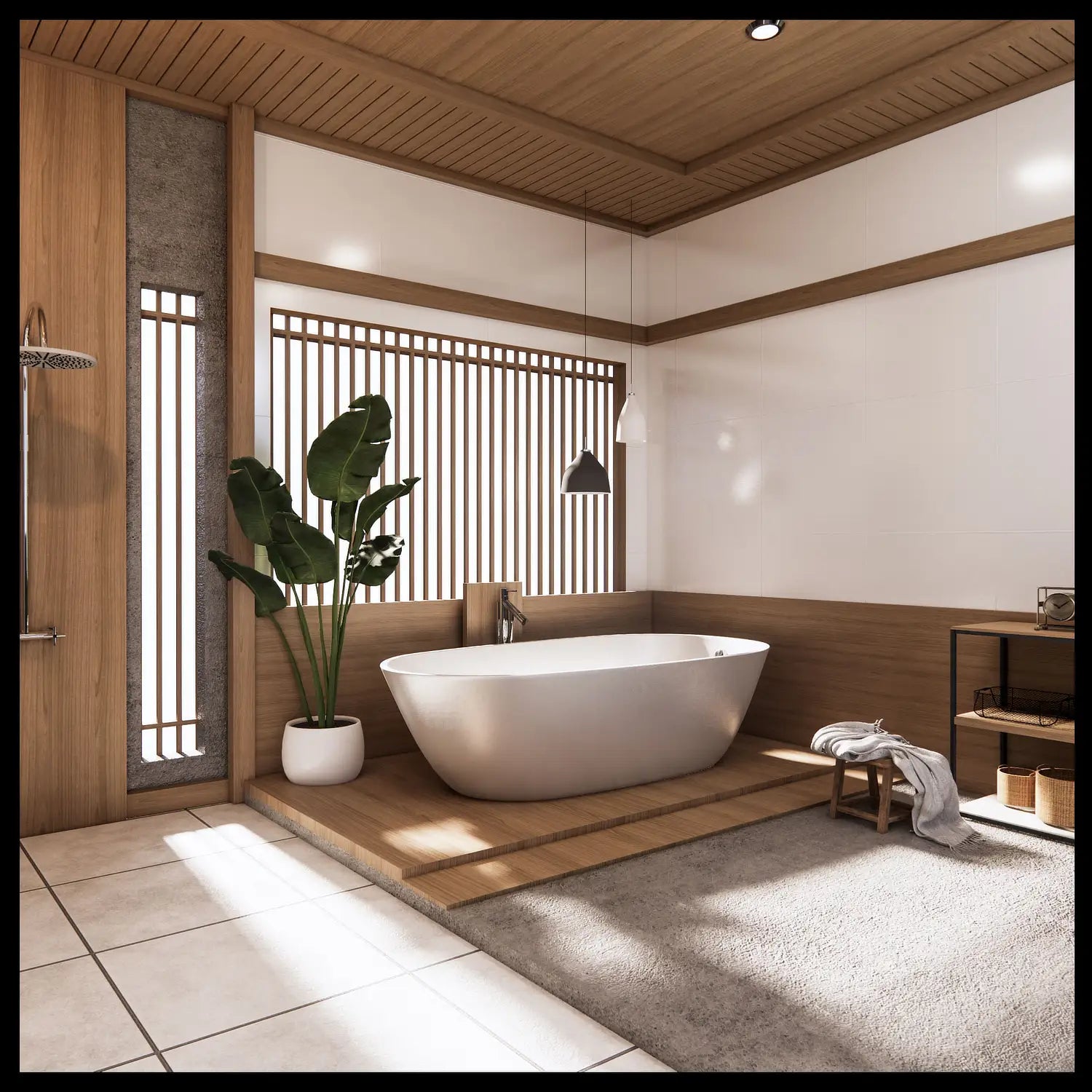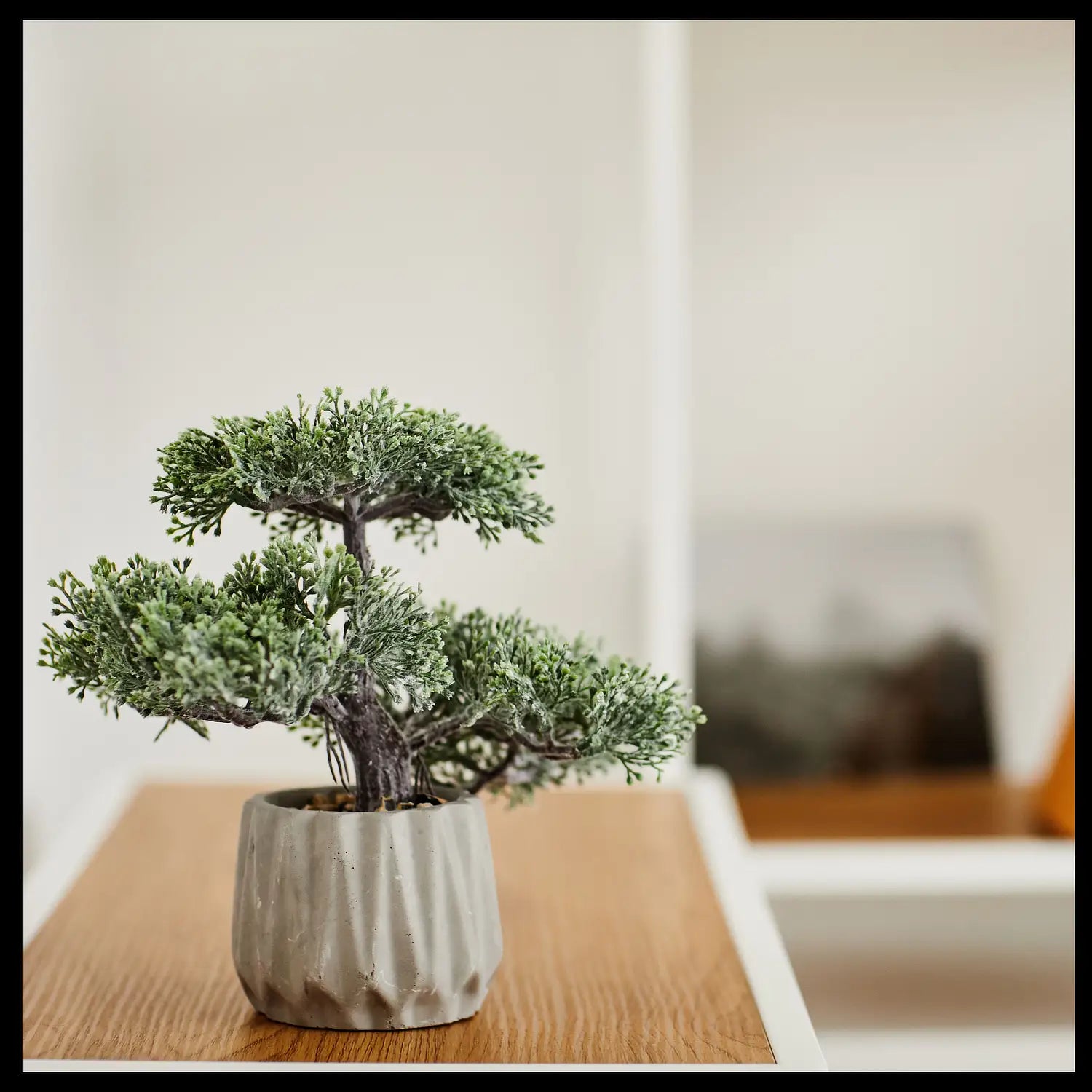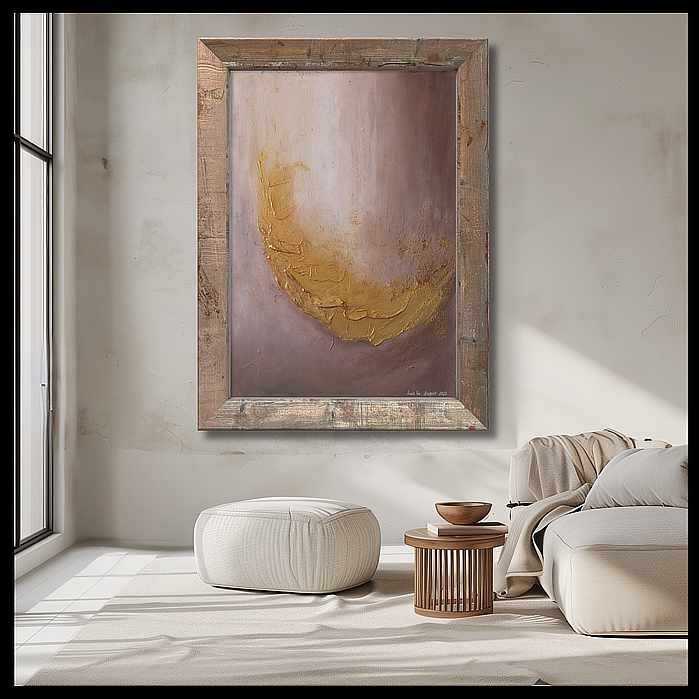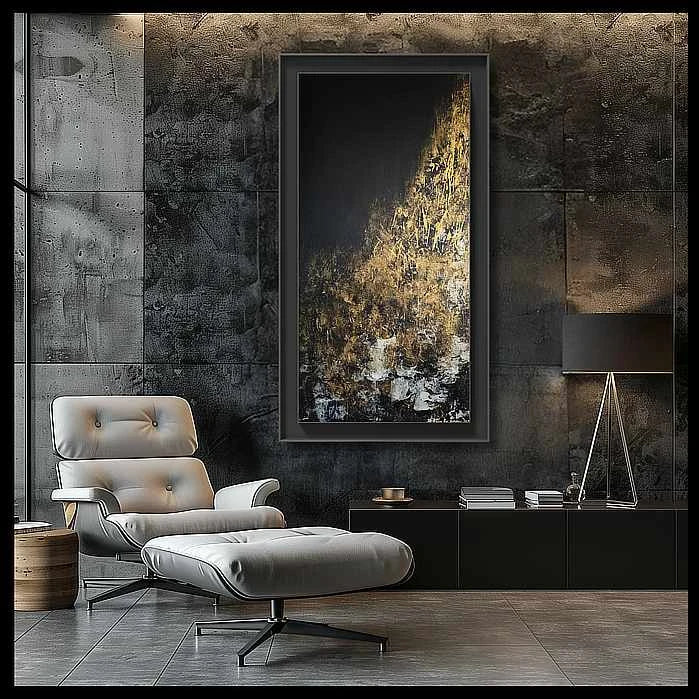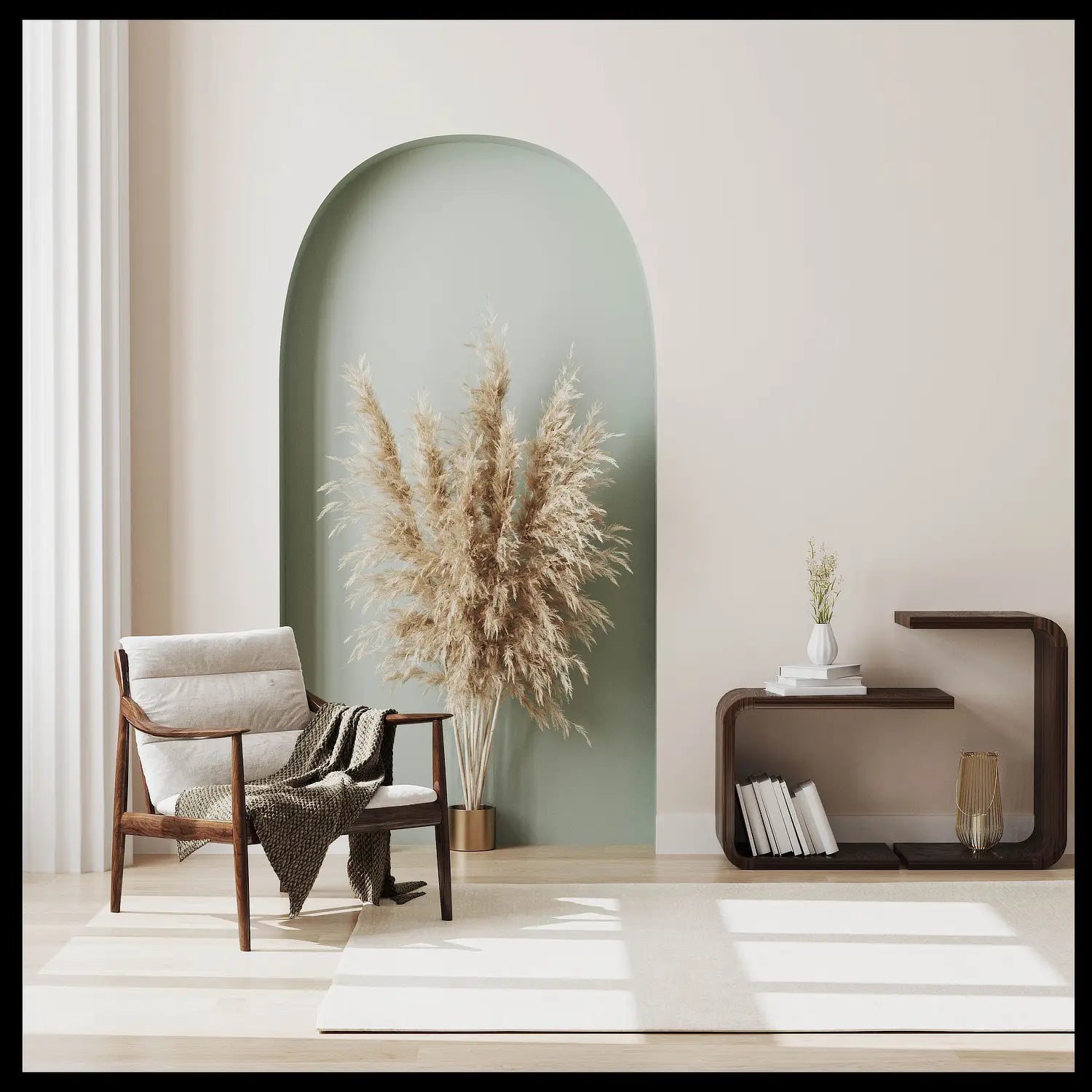
Top 10 Japandi home decor ideas
Finding Serenity at Home: Decoding the Japandi Style
Dear Luxury Lover,
Are you yearning for a sanctuary? A haven where tranquility reigns supreme?
For those seeking a space that breathes quiet elegance, grounded in nature and mindful living, the japandi style is calling. I’ve dived deep into what this increasingly sought-after aesthetic really means, moving beyond just a trend to uncover a sophisticated approach to interior design.
This isn’t just about minimalism; it’s about crafting an atmosphere of profound calm, rooted in the wisdom of both Japanese and Northern European design philosophies. Let’s explore!
What is Japandi Design? Origins, Meaning and the Blend
“Japandi,” is a perfectly fitting name for a style born from the harmonious marriage of "Japonais” (Japanese minimalism and wabi-sabi philosophy) and “Nordism” (Scandinavian functionality and hygge).
It’s essentially a thoughtful approach to design that prioritizes functionality, connection to nature, and a simplified, clutter-free life. It’s about creating space that supports well-being, not just showcasing opulent possessions. The core concept aligns with the growing desire for mindful living – a reaction to over-stimulation and a yearning for authentic moments.
It draws inspiration from the Japanese philosophies of wabi-sabi (embracing imperfect beauty) and the Scandinavian focus on hygge – a feeling of cozy comfort and content. The beauty of japandi design principles lies in its versatility - perfectly suited to a japandi interior design style.
The Core of the Style: Characteristics & Elements
So, what exactly is the japandi bedroom, japandu living room, japandi kitchen or japandu home looks like? Let’s break it down:
-
Clean Lines & Minimalism: The foundation is undeniably minimalist. Think simple shapes, straight lines, and a reluctance to over-decorate.
-
Natural Materials: Wood is essential - light-toned oak, bamboo, cedar – bringing organic warmth and texture. Stone, linen, and cotton are frequent companions.
-
Neutral Color Palette: Dominating colours include earthy tones – beiges, creams, grays, muted greens, and ochre. These colours help create a sense of calm.
-
Texture is Key: Smooth wood contrasts with rough linen, or gently glazed ceramics – adding tactile interest to the serene space.
-
Curved Shapes & Organic Forms: Surprisingly, even in minimalism, gently curved shapes – in furniture like armrests or sculptural lighting – add softness and prevent the space from feeling too rigid.
-
Indoor-Outdoor Flow: Connecting the indoor space with natural light, views and greenery is highly valued – emphasizing a deep connection with nature.
Materials Matter: What’s In & What’s Out
While the aesthetic is adaptable, certain materials are consistently favored within the japandi kitchen and japandu bathroom design.
-
IN: Natural wood (oak, bamboo), linen, cotton, stone, clay, ceramic, wool – all contribute to the natural feel.
-
OUT (generally): Bright colours, bold patterns, plastic, metallic accents (although used sparingly in a brushed or brushed gold finish).
Benefits of Embracing Japandi Style
Beyond the visual appeal, the japandu interior design style offers tangible advantages:
-
Reduced Clutter & Stress: Minimalism inherently reduces visual and physical clutter, contributing to a more serene environment and a calmer mind.
-
Improved Well-being: Studies suggest that calming environments can lower blood pressure and improve focus.
-
Sustainability: Prioritizing natural materials aligns with environmentally conscious choices.
Designing a Space for Mindfulness
Ultimately, embracing the japandu bedroom is about more than a trend. It’s an invitation to create a space that nurtures your well-being, reflects your values, and provides a refuge from the complexities of the outside world.
ALWAYS WITH LUXURY AND ELEGANCE IN MIND,







